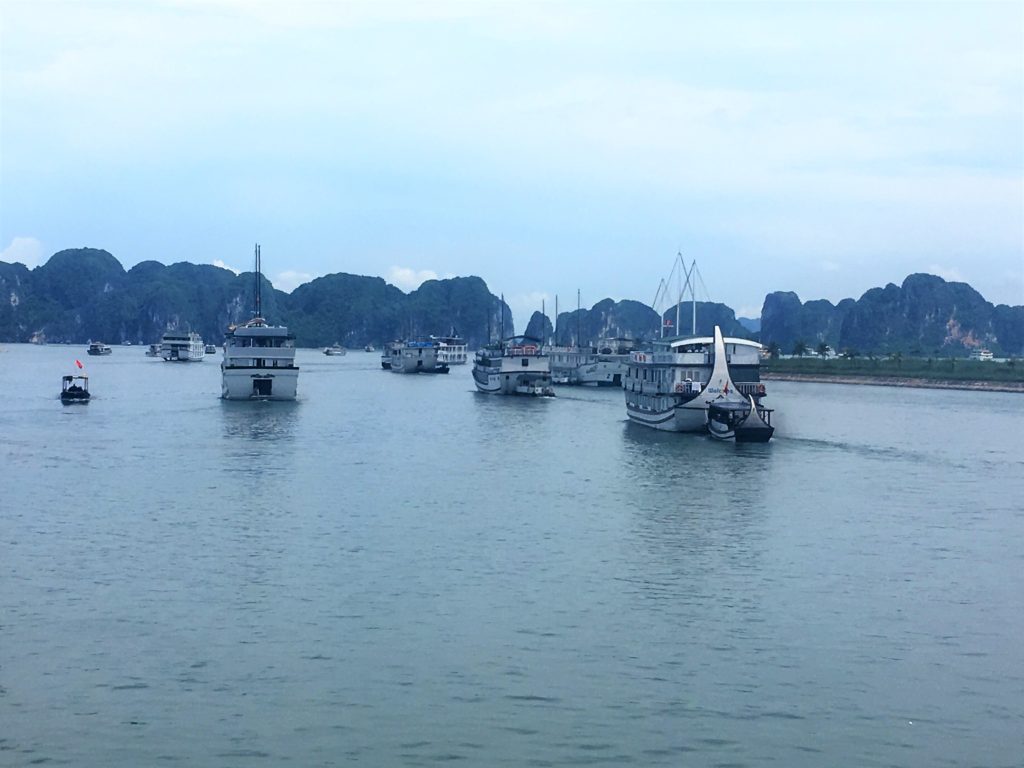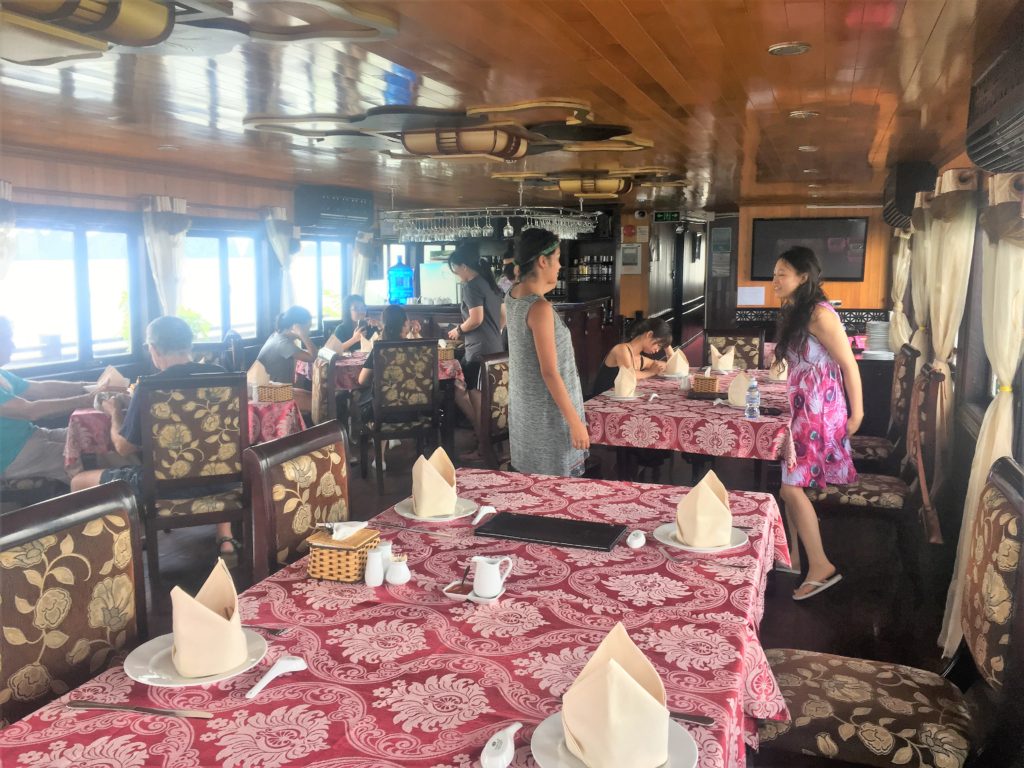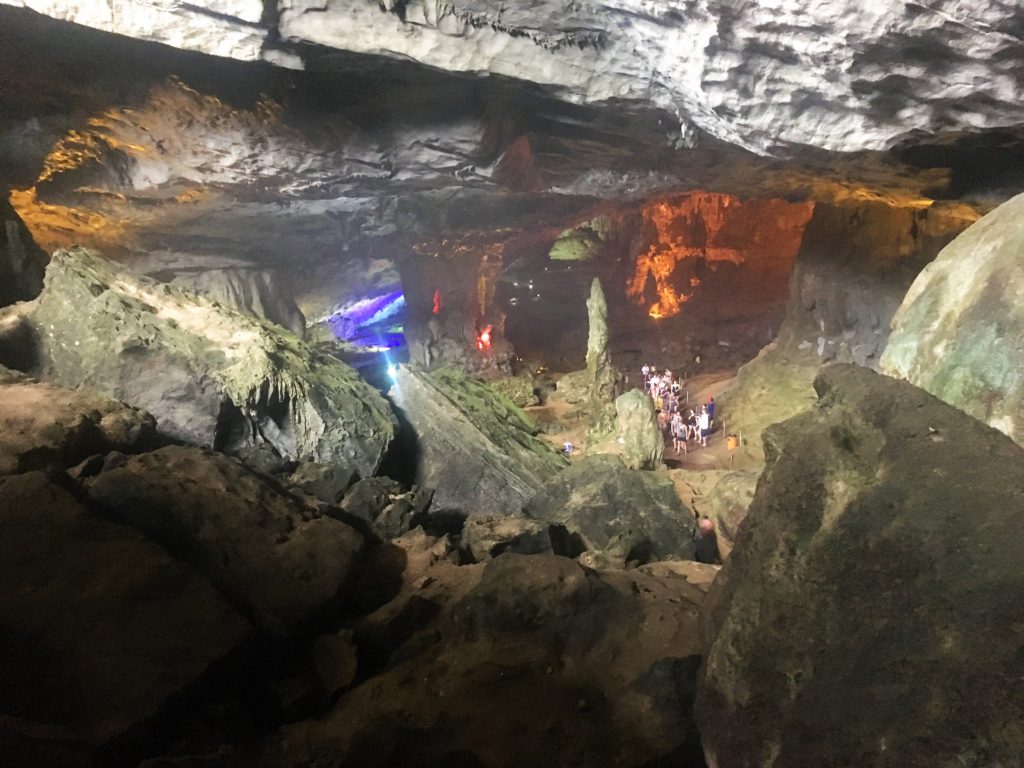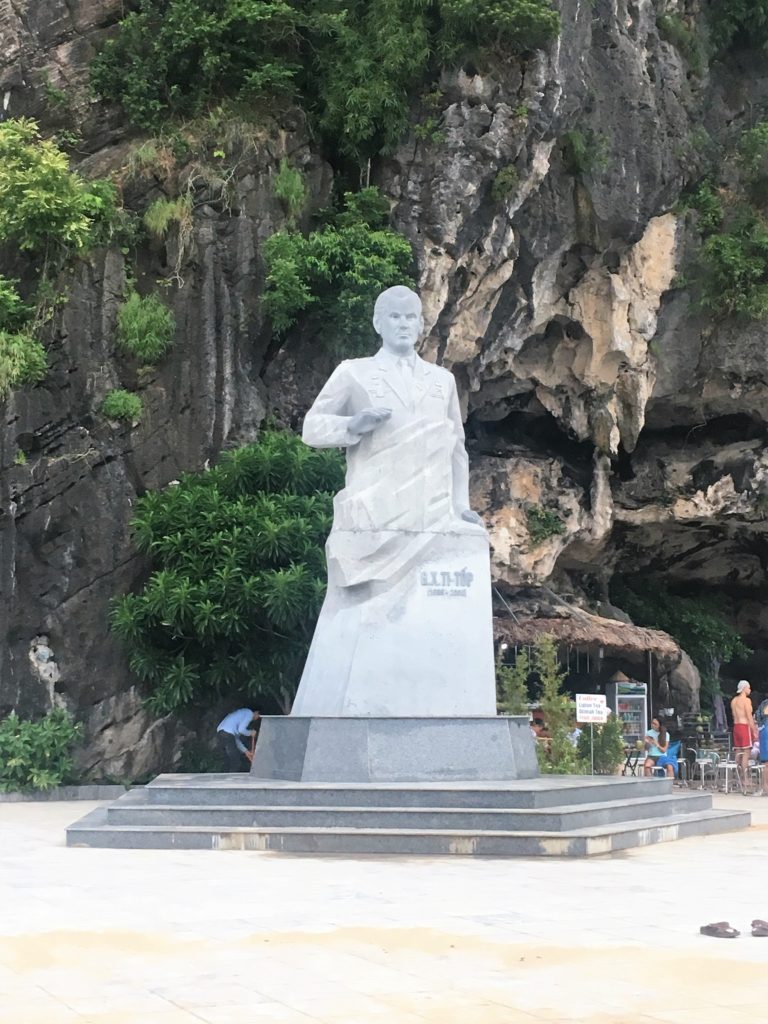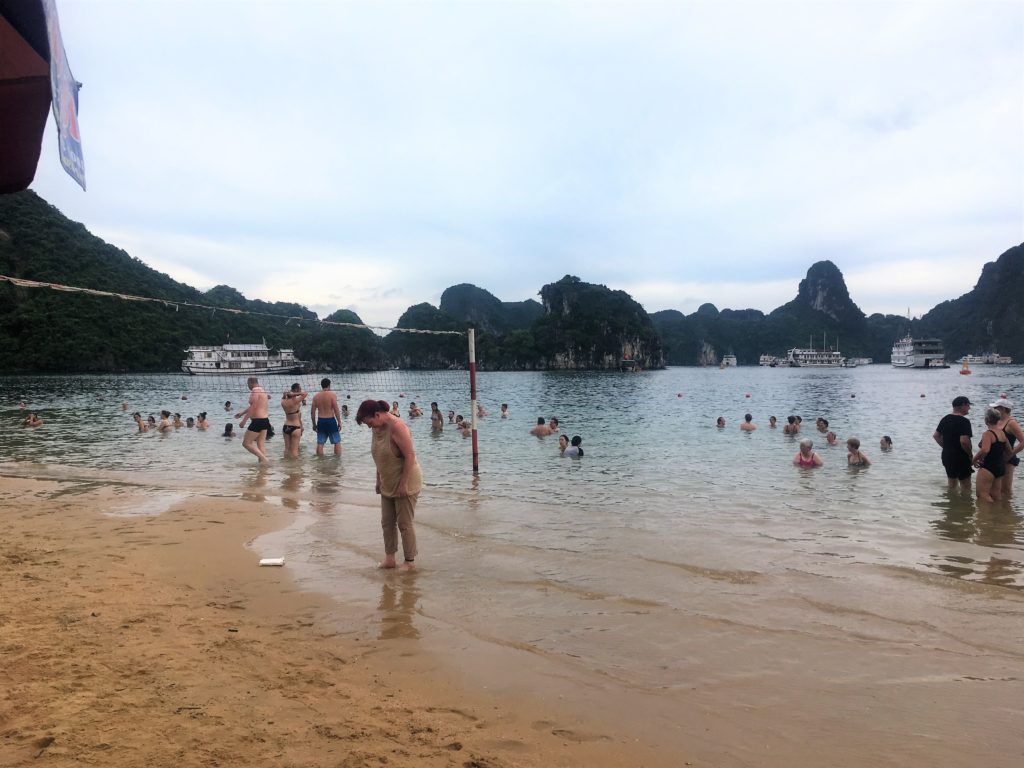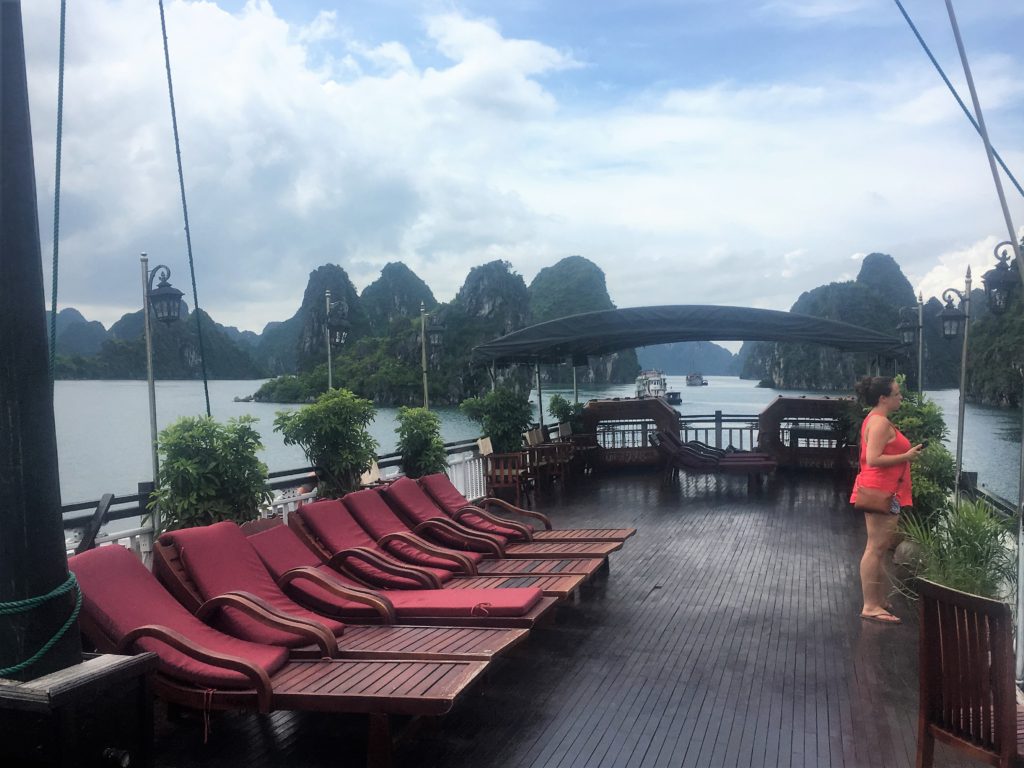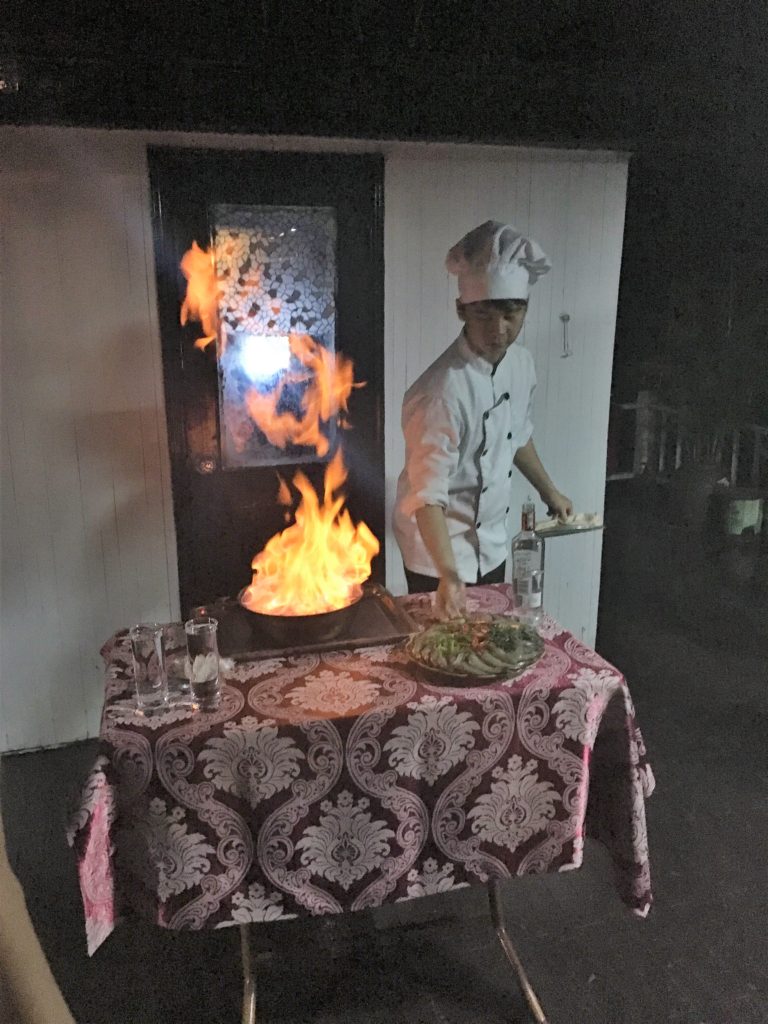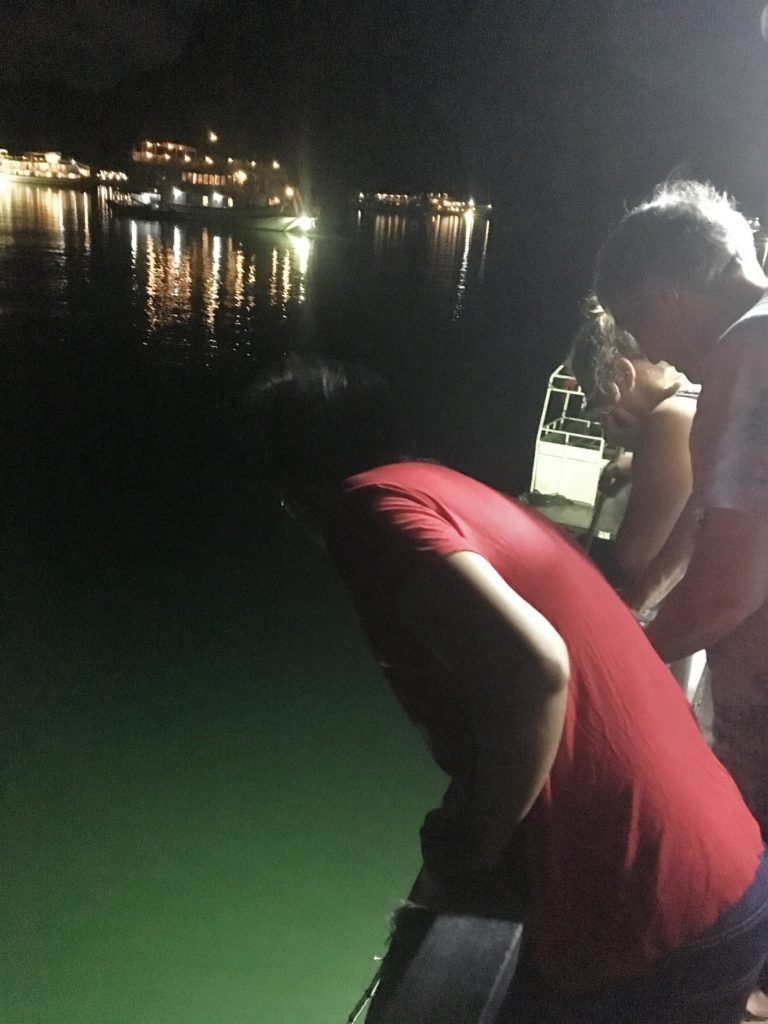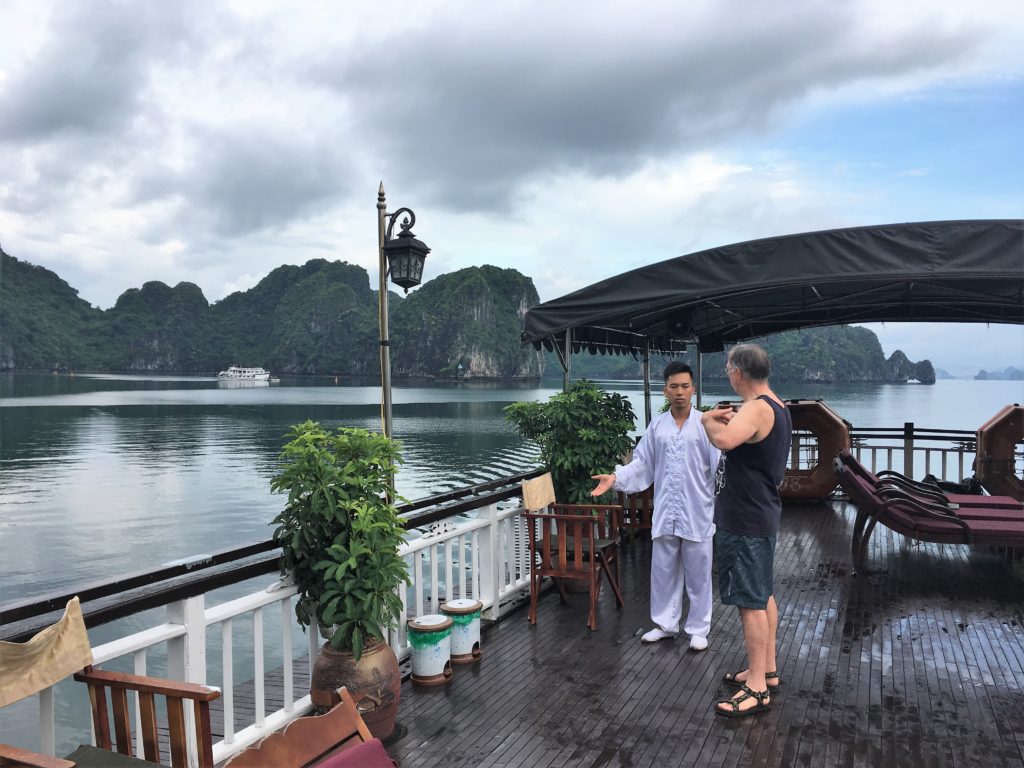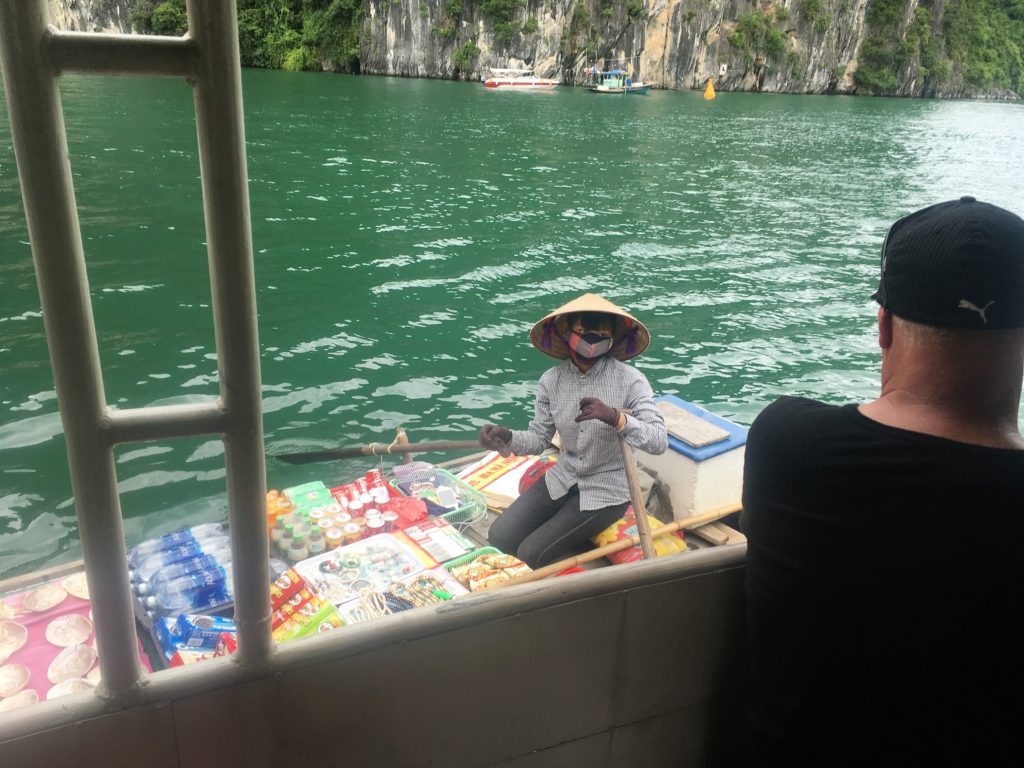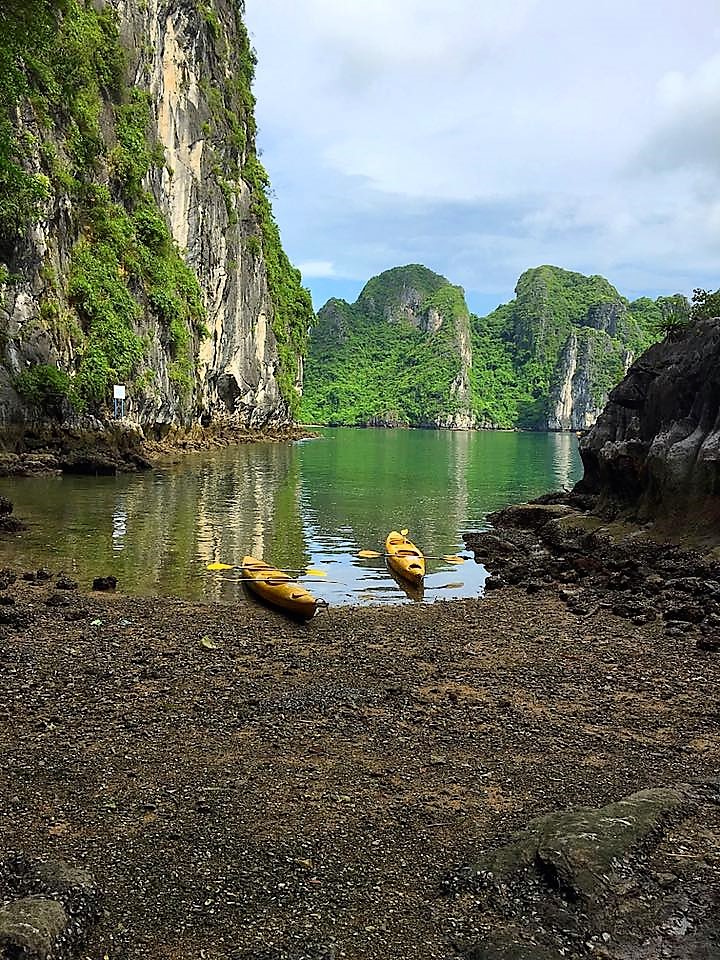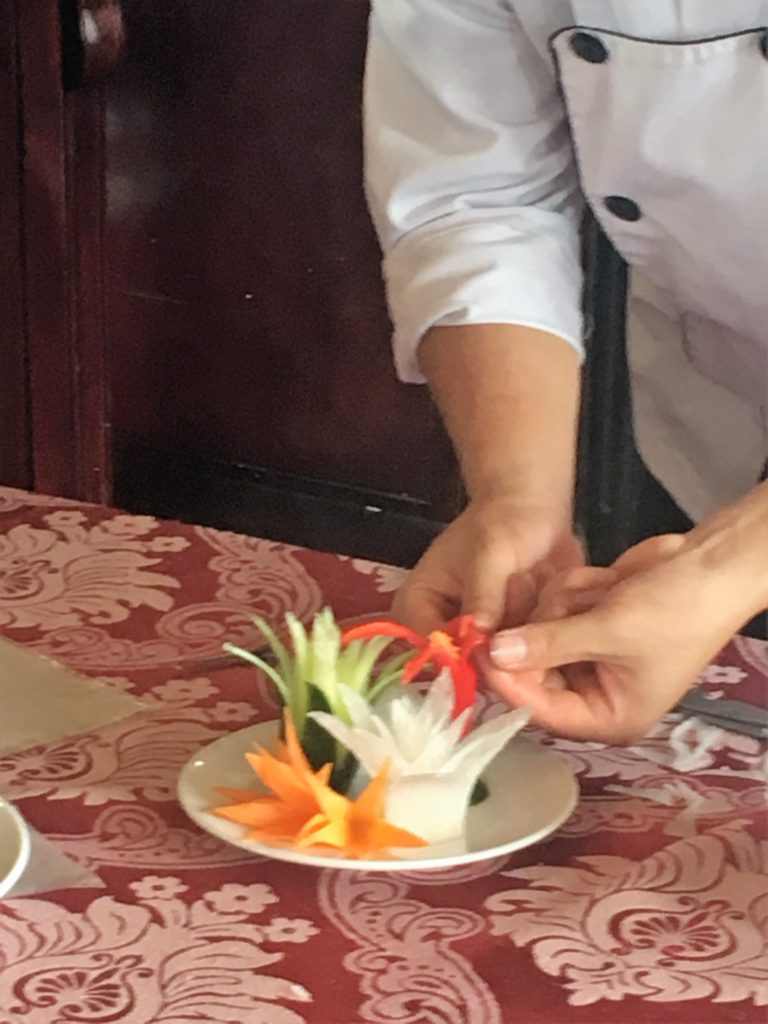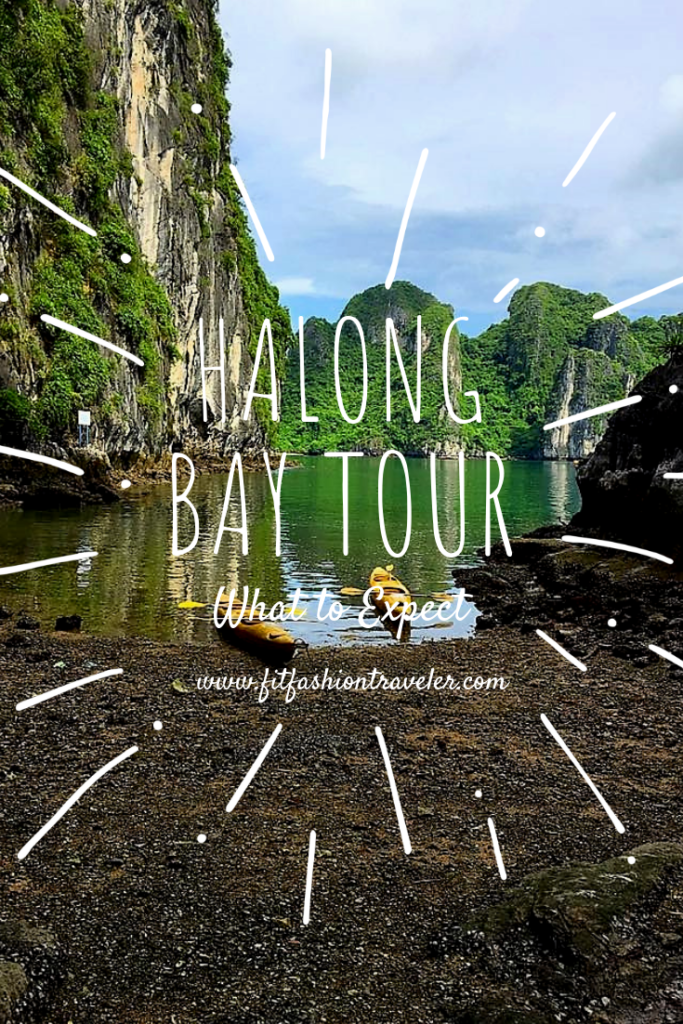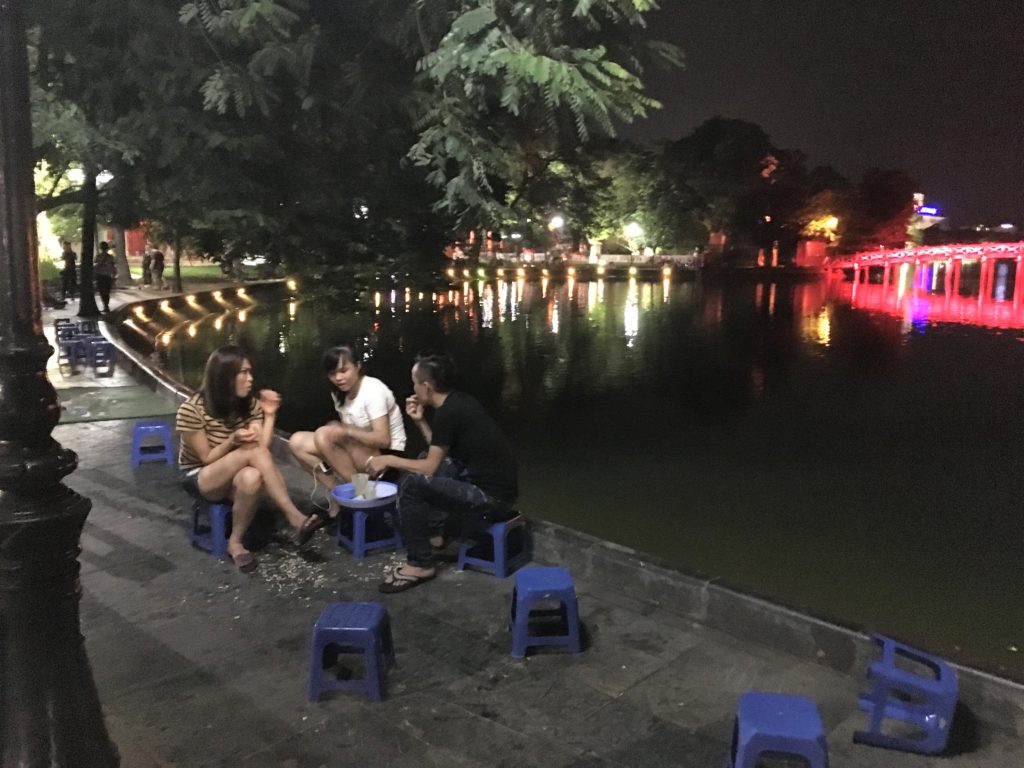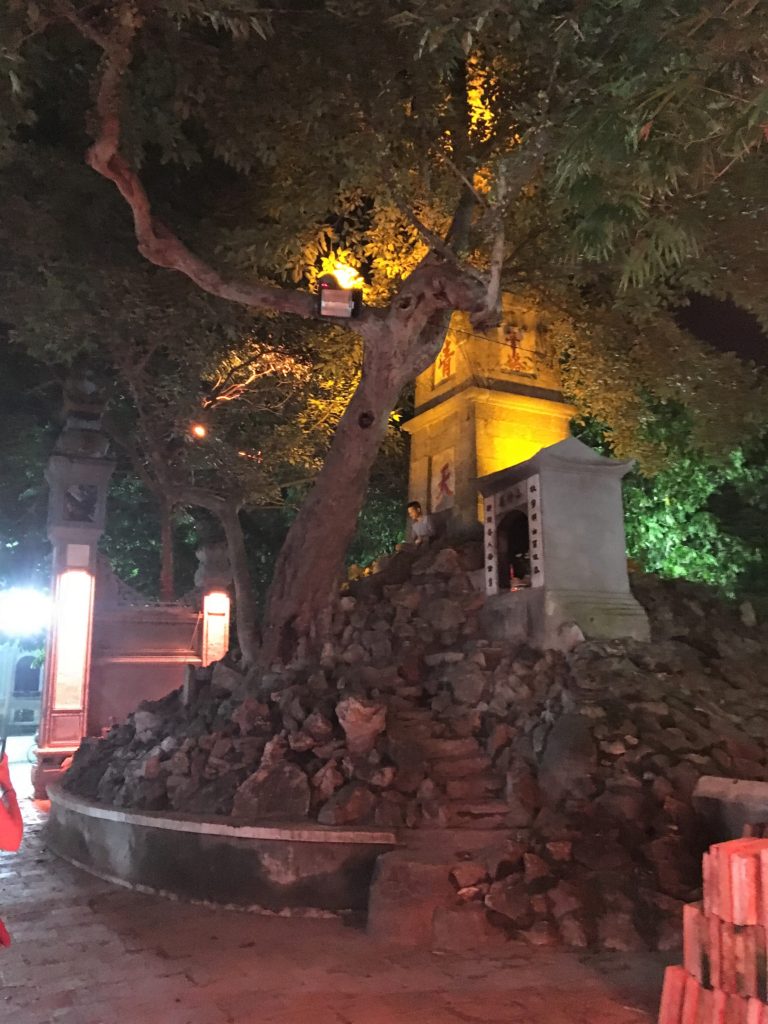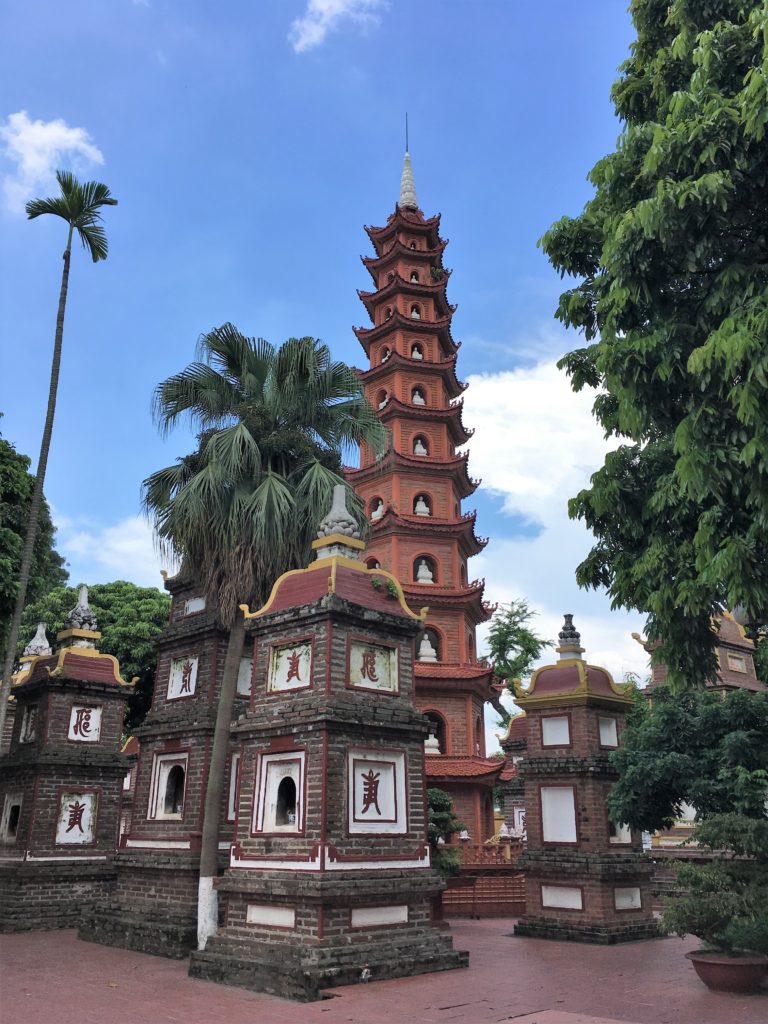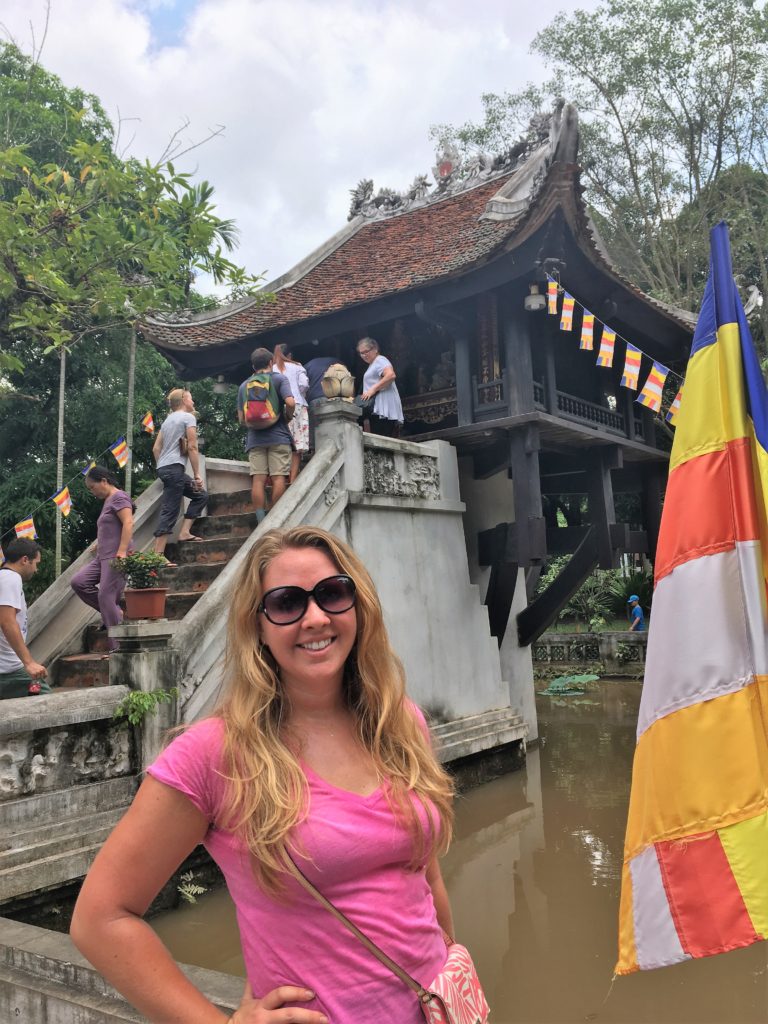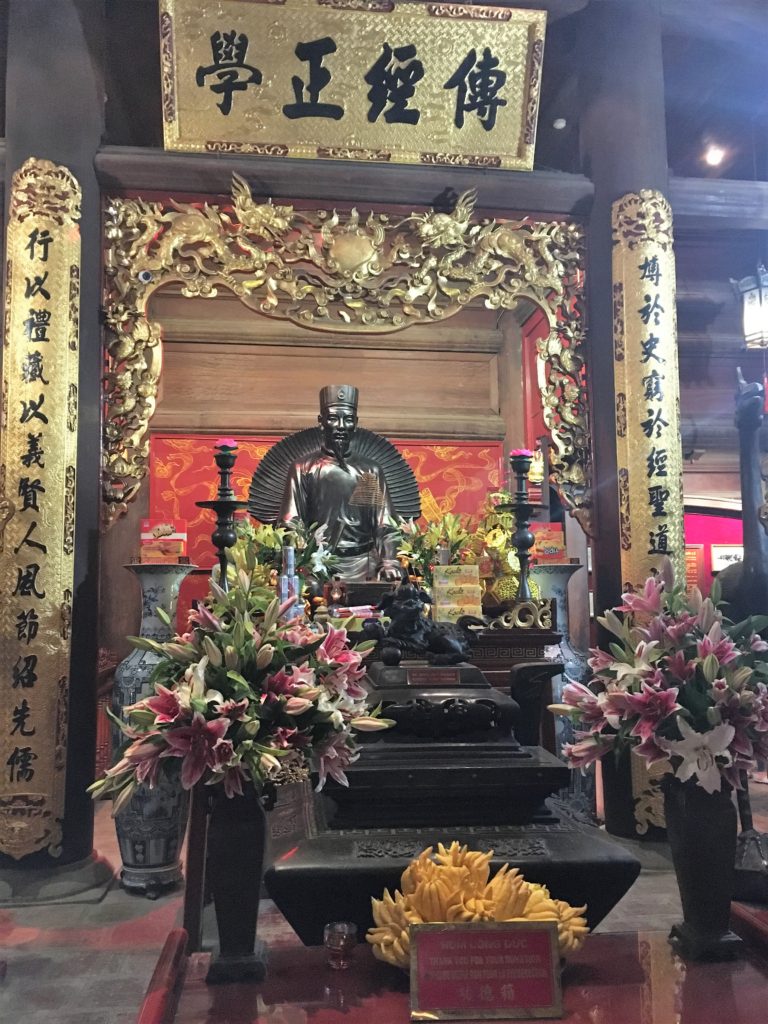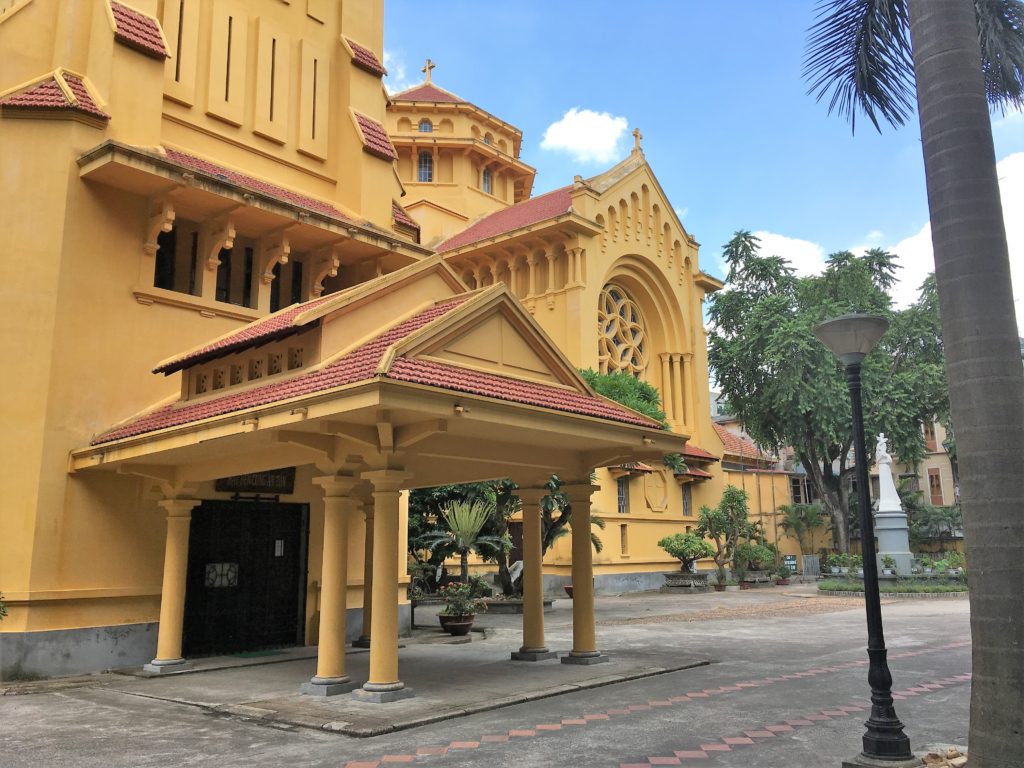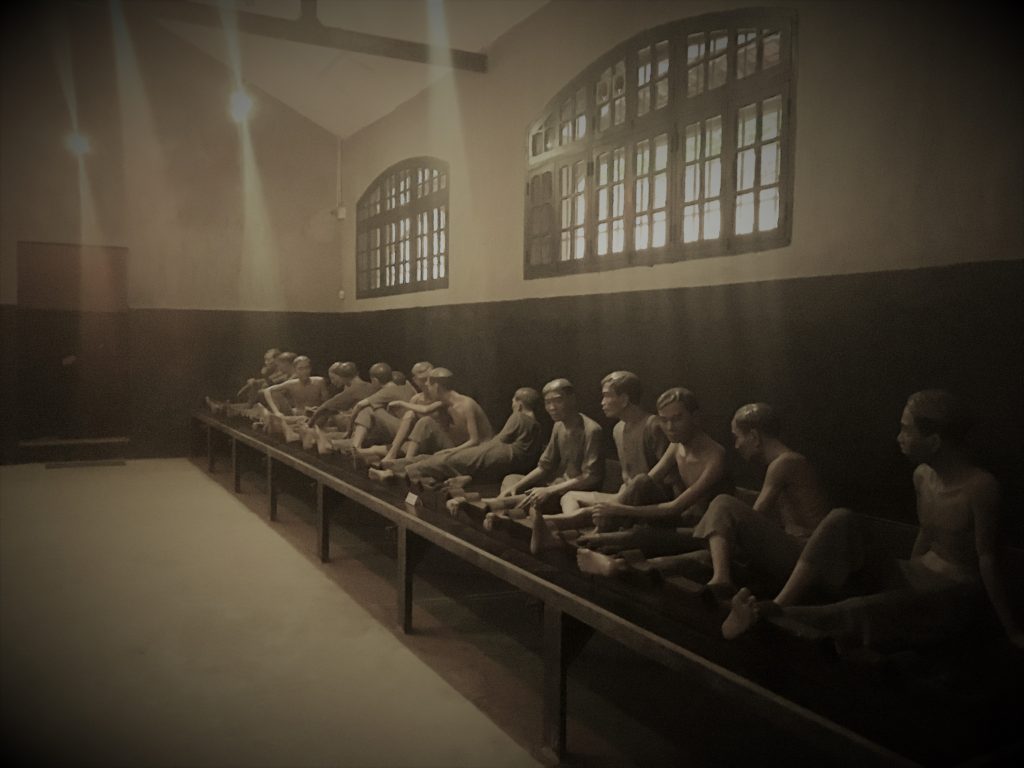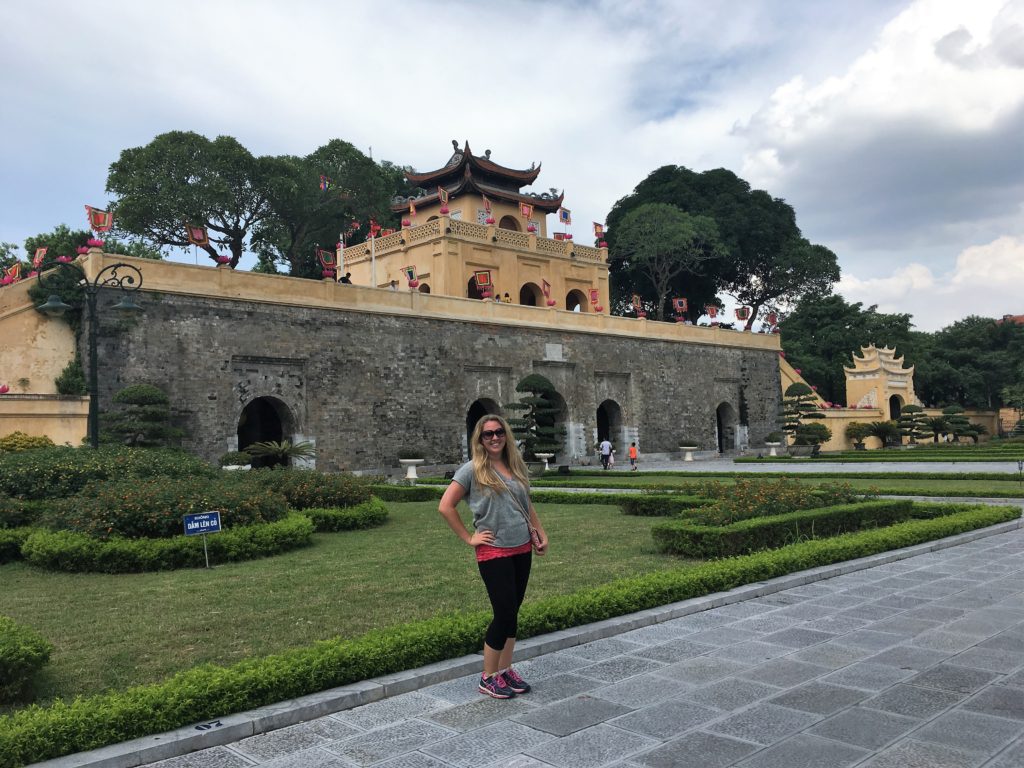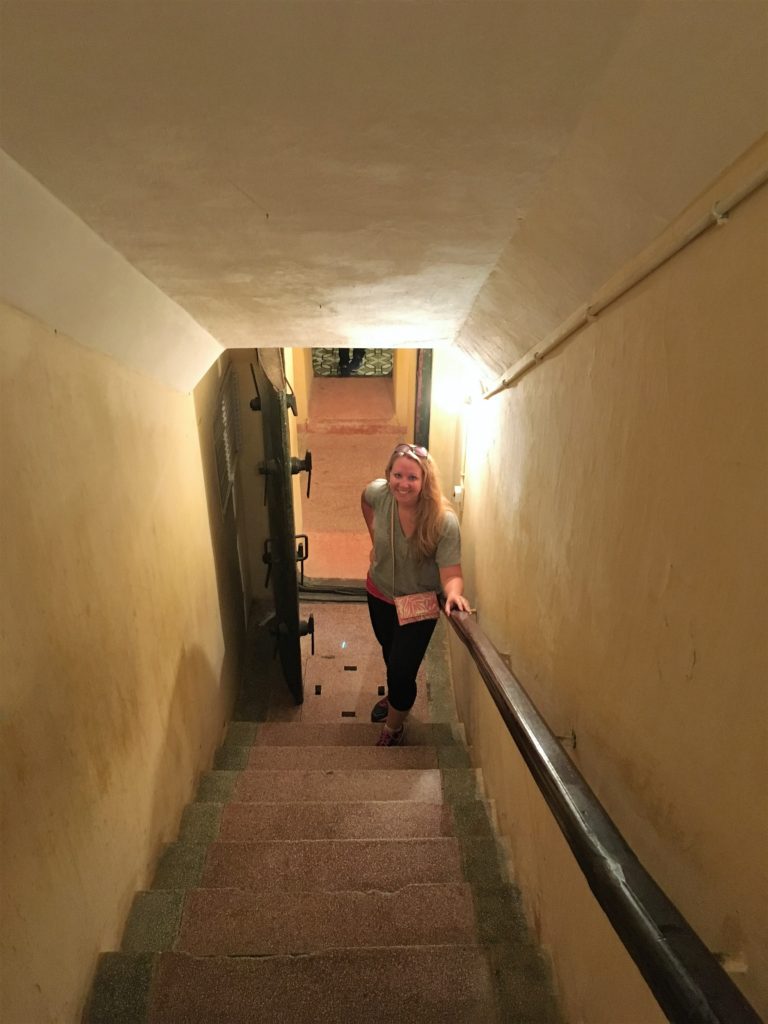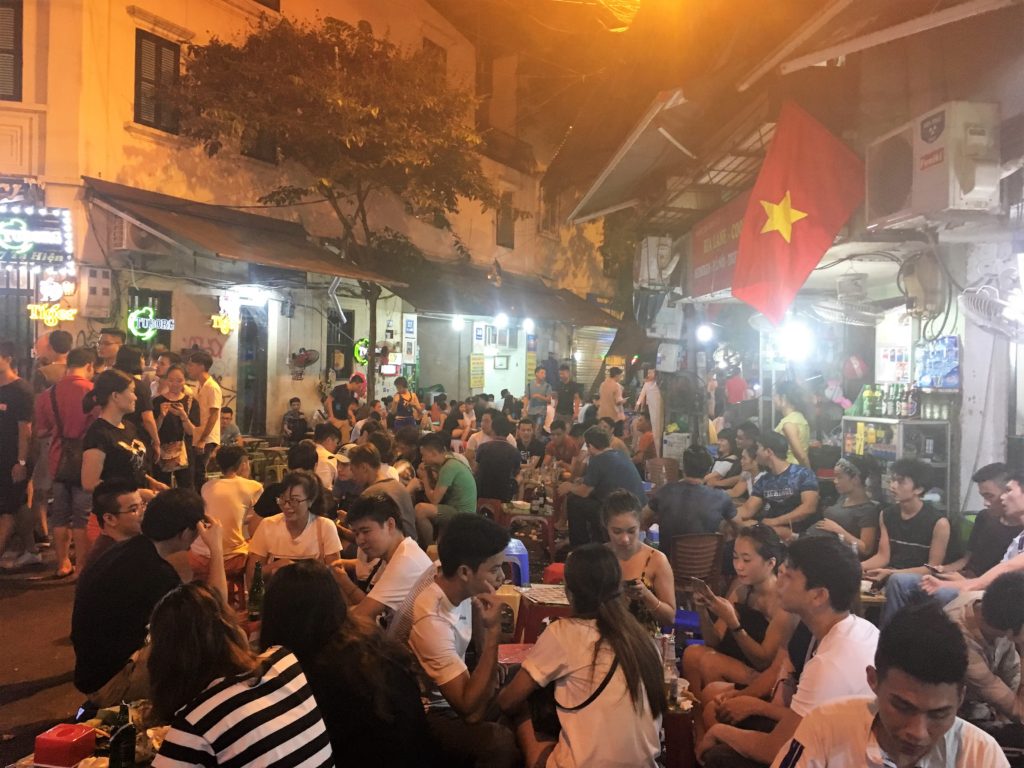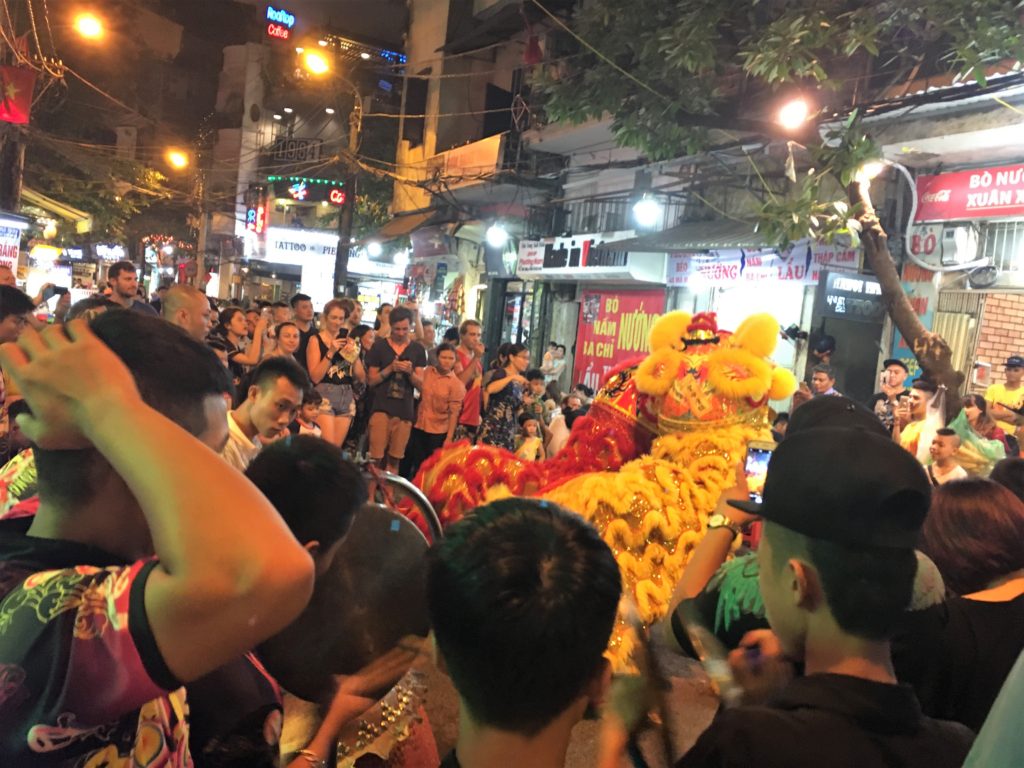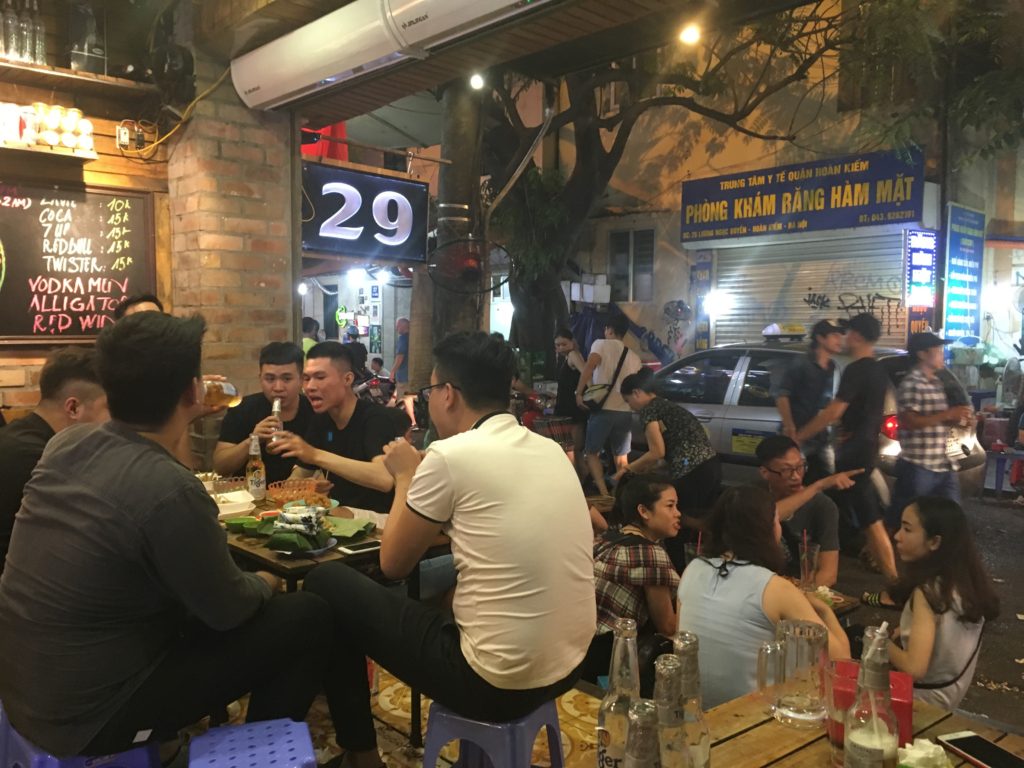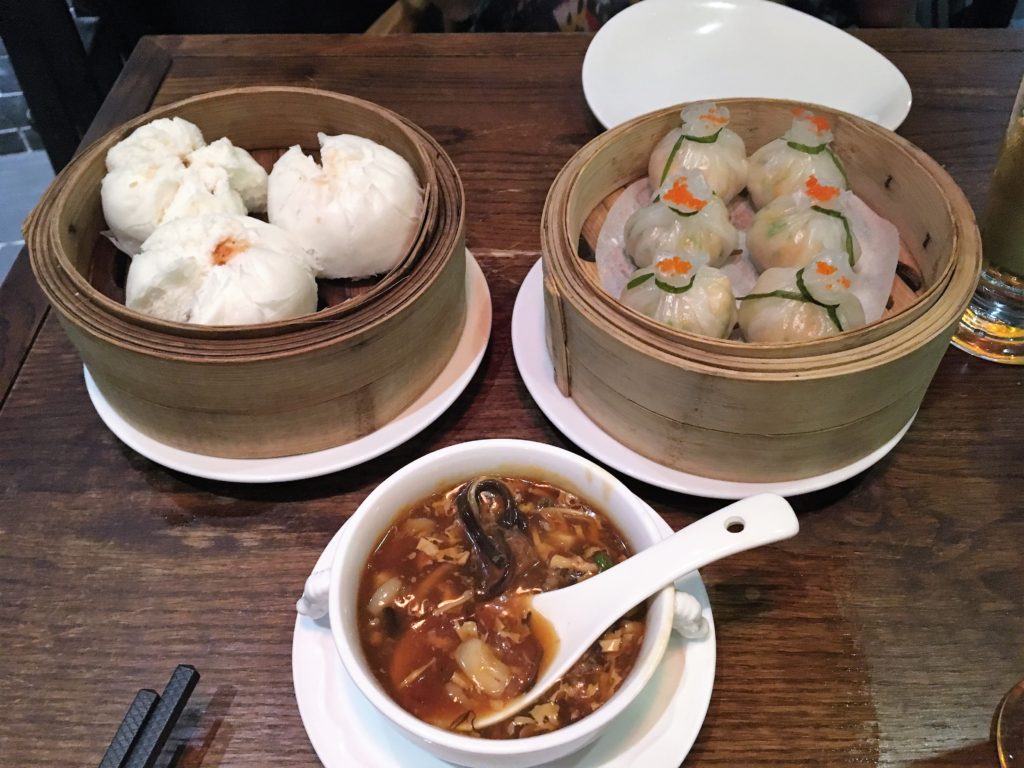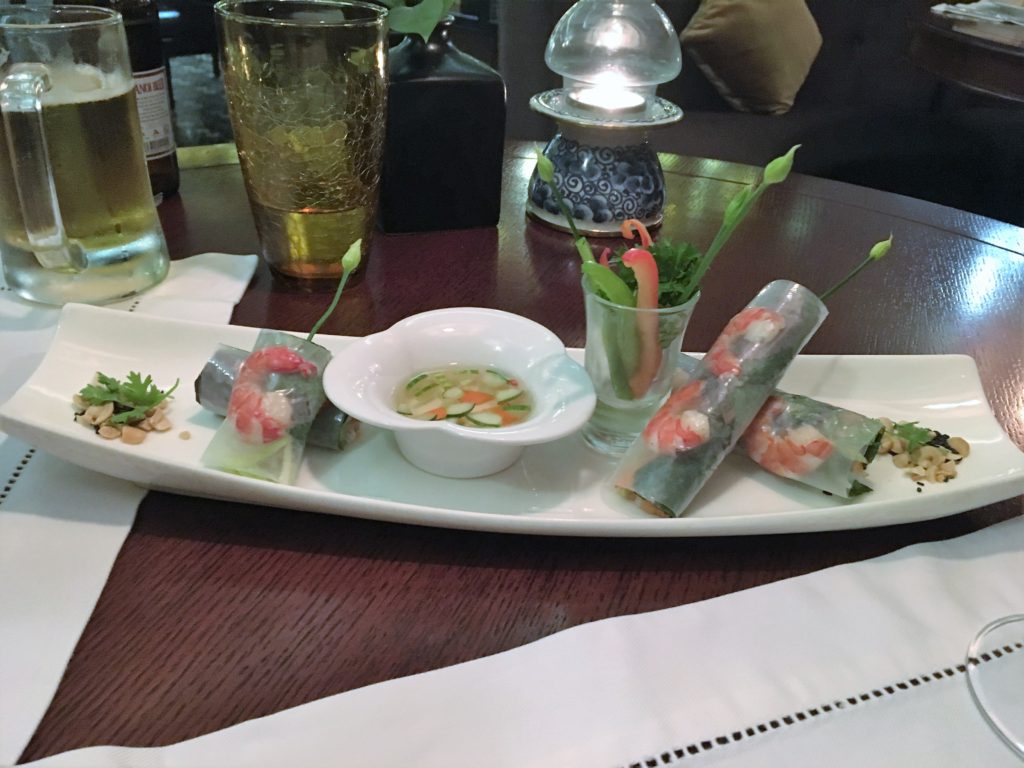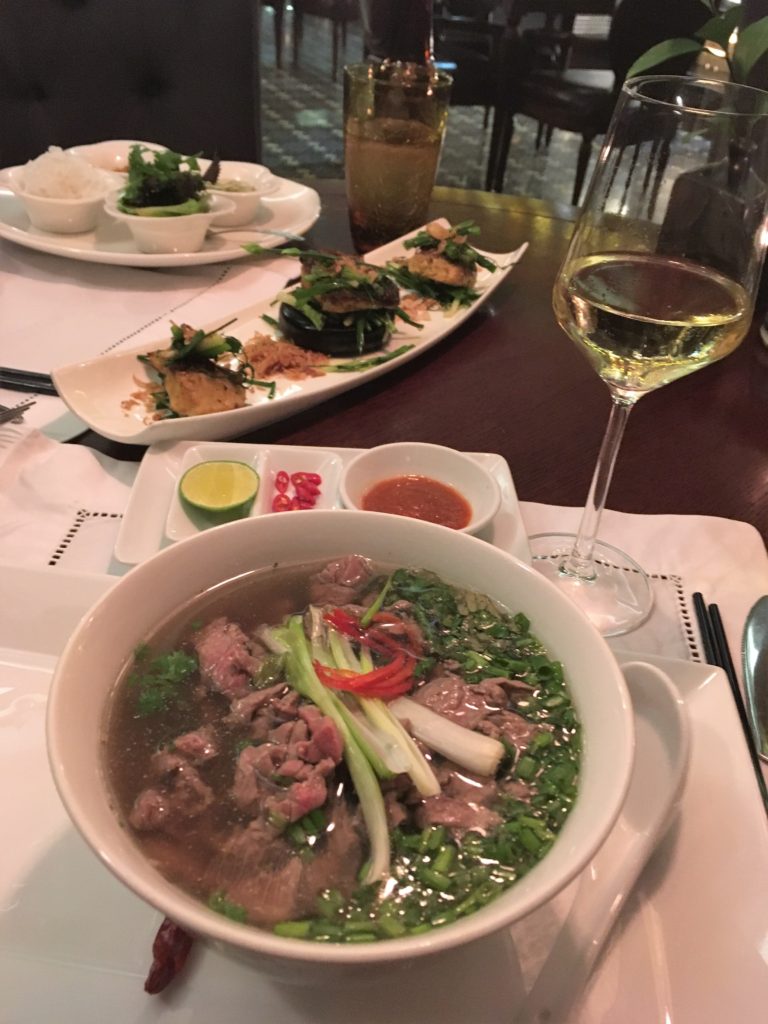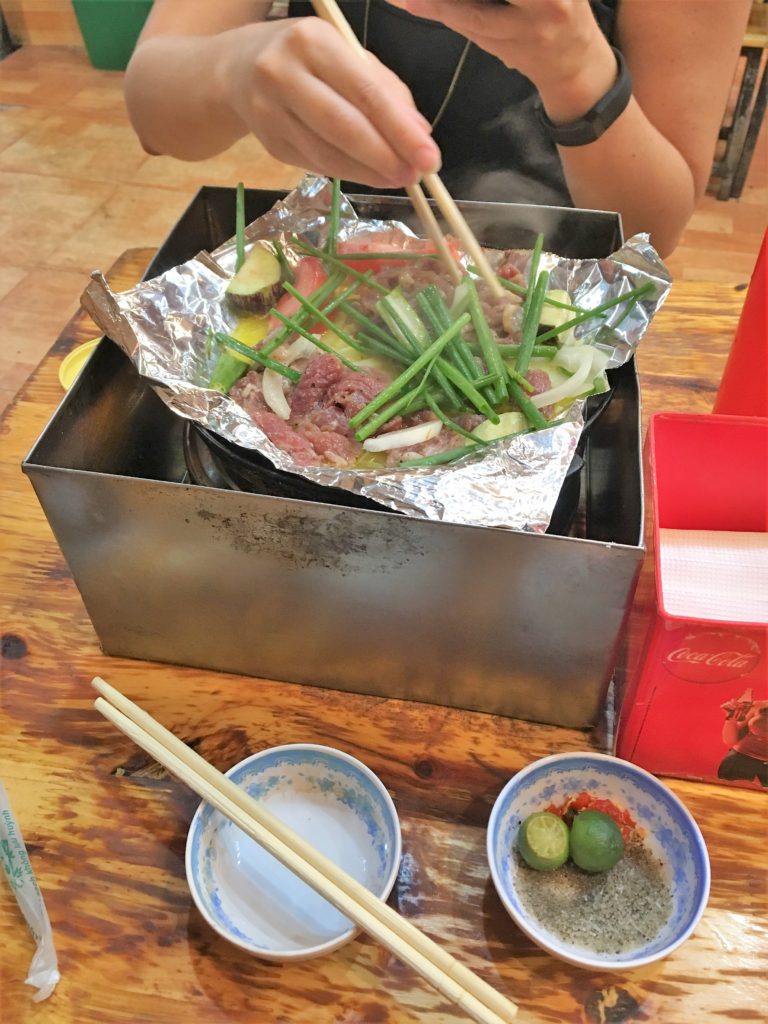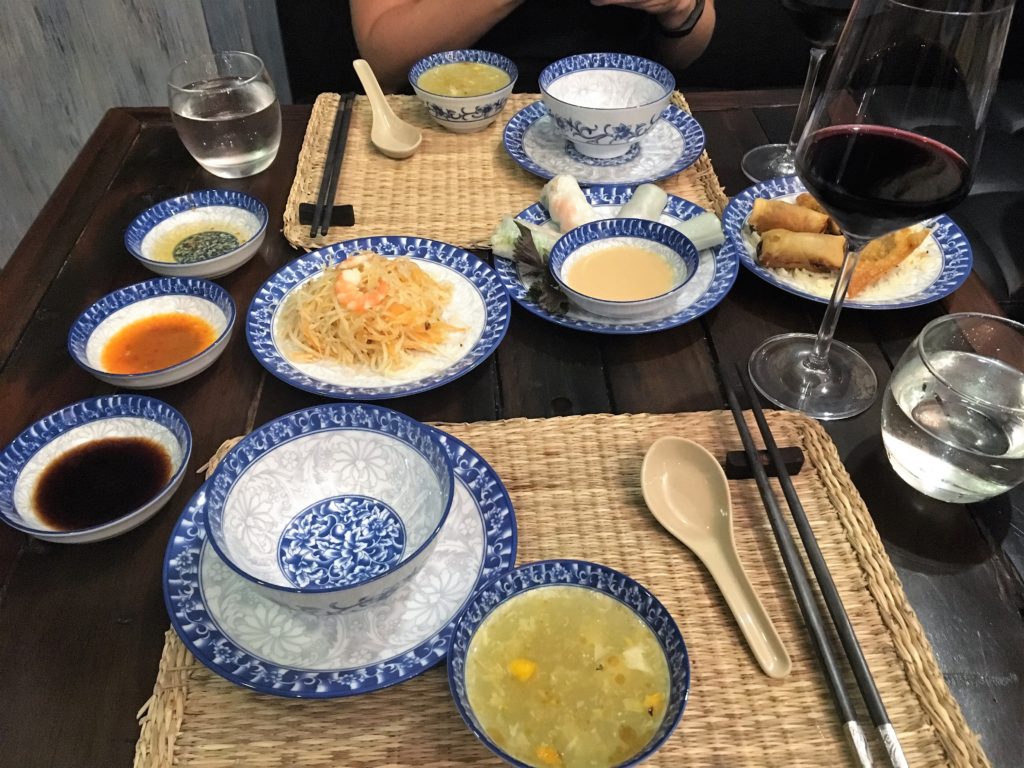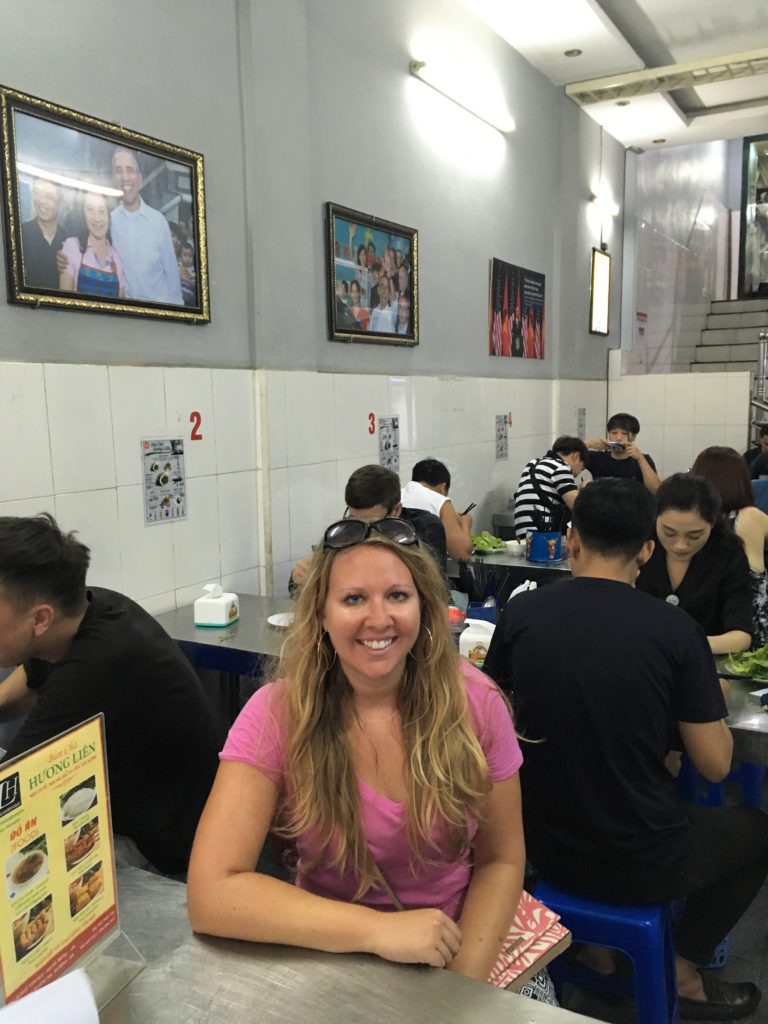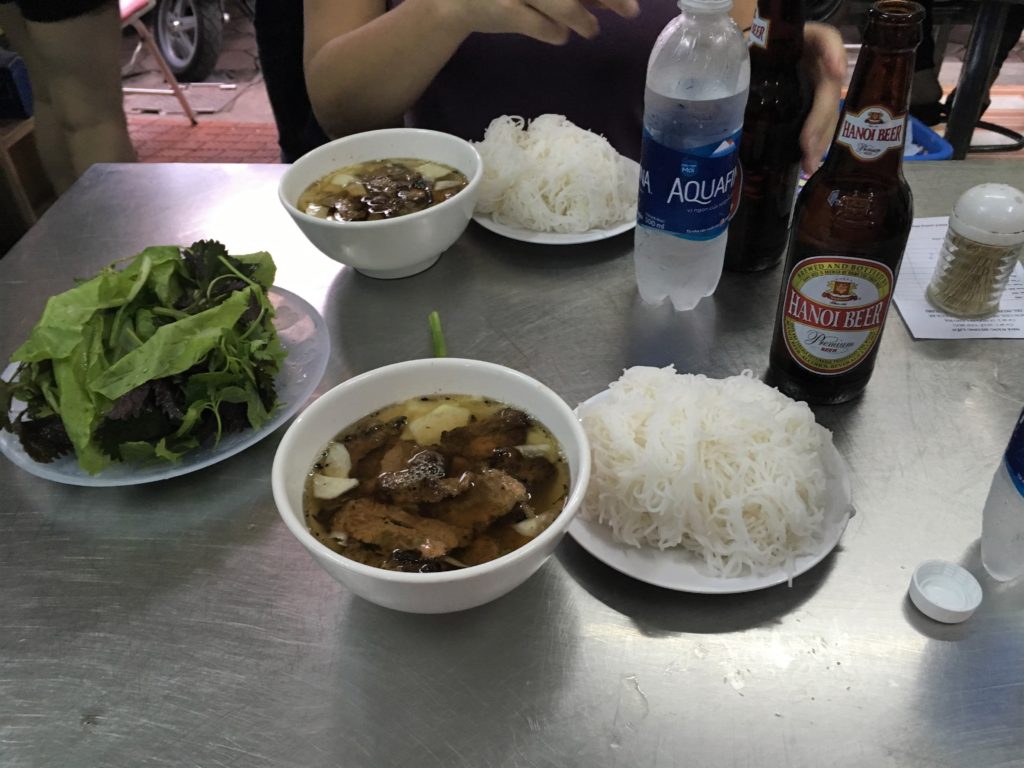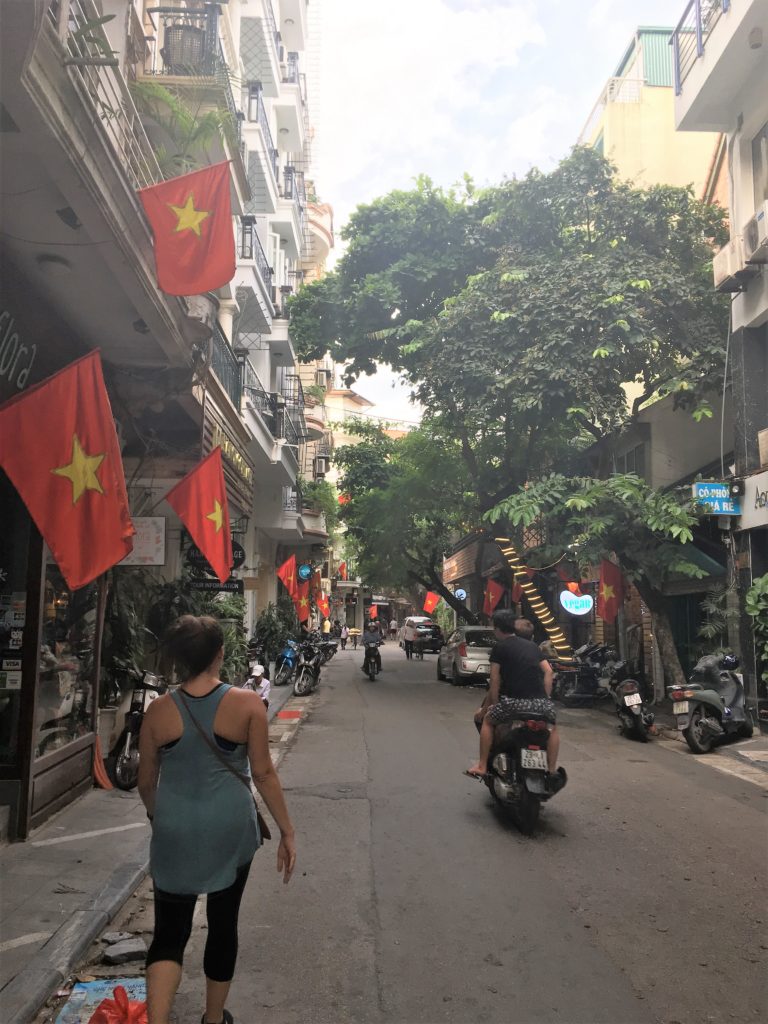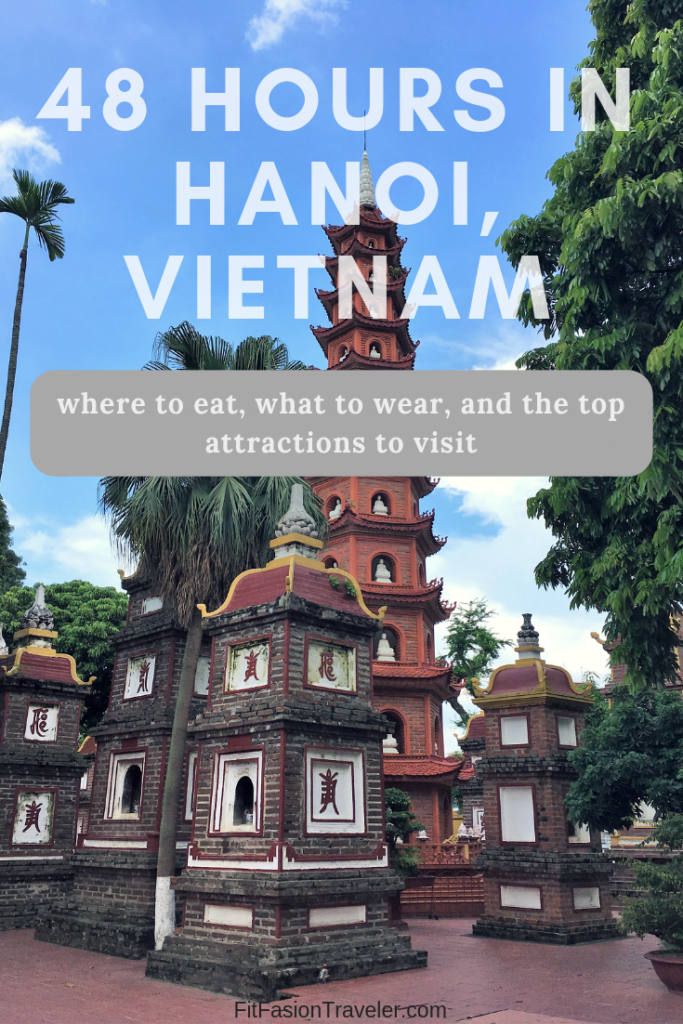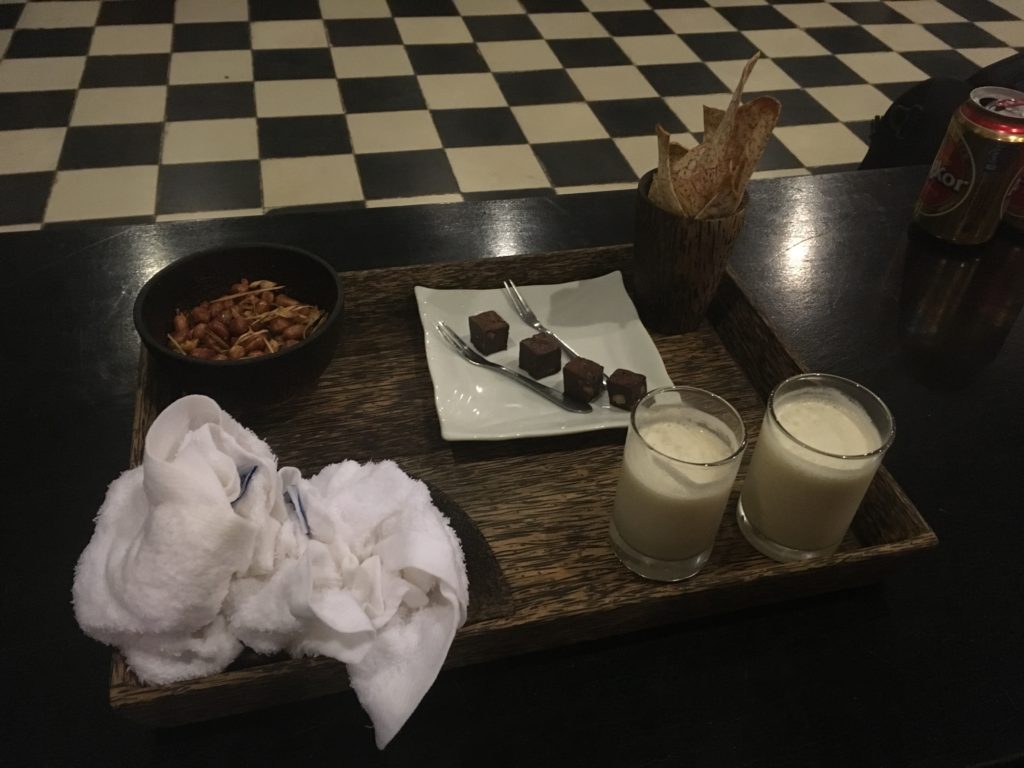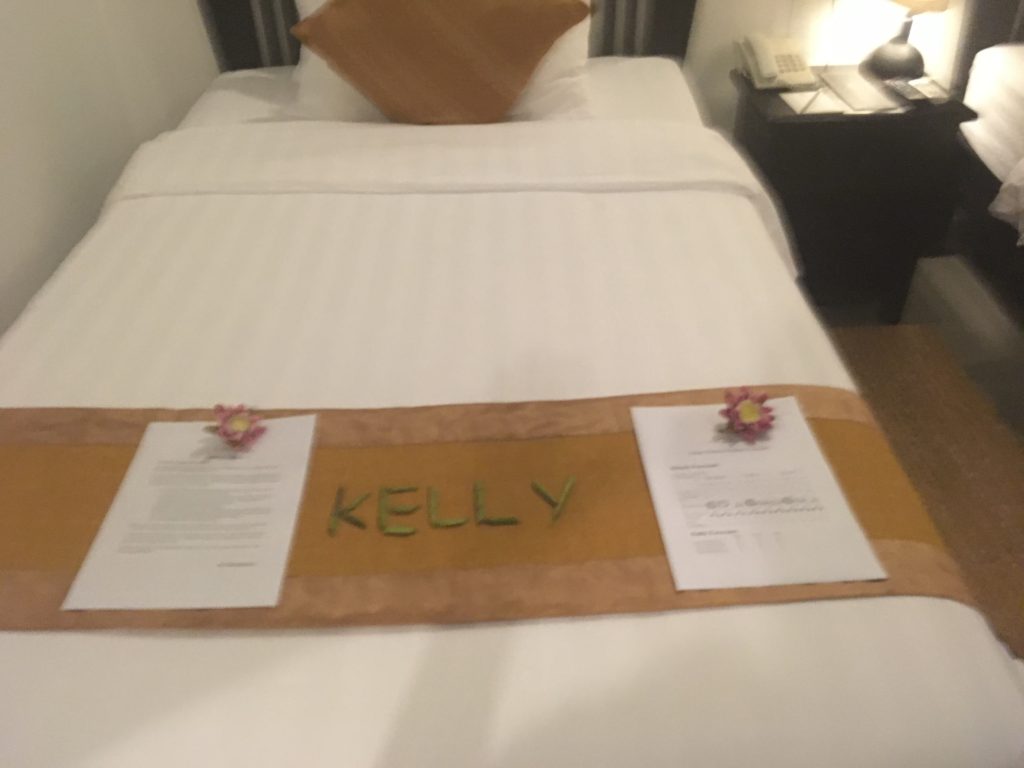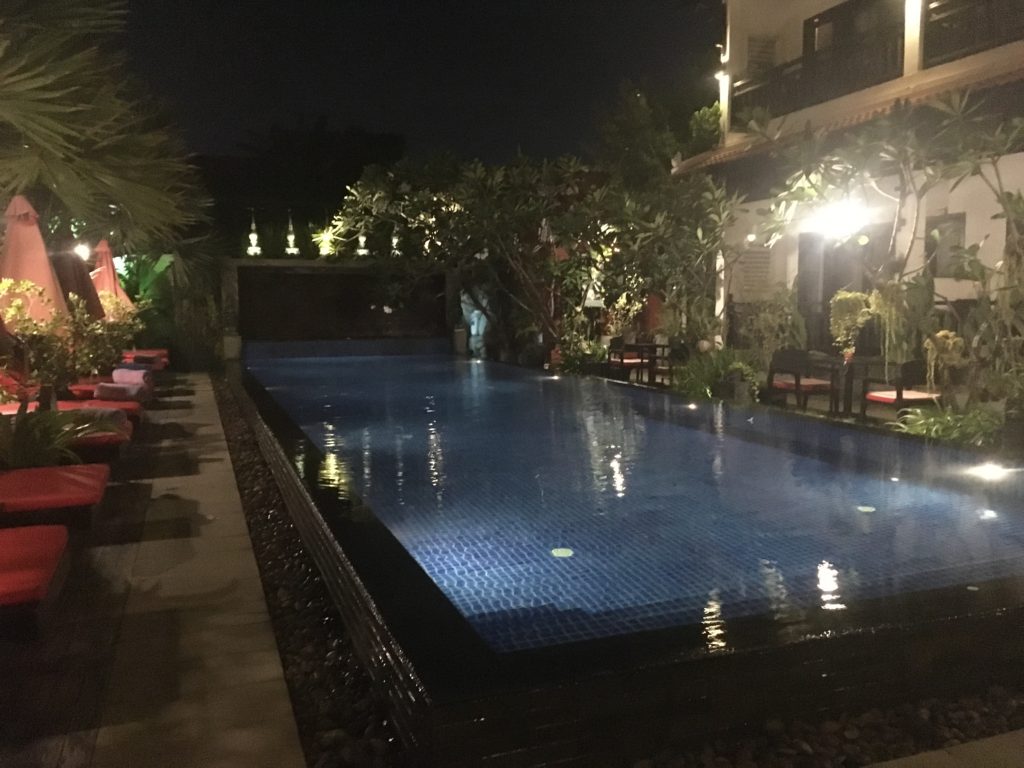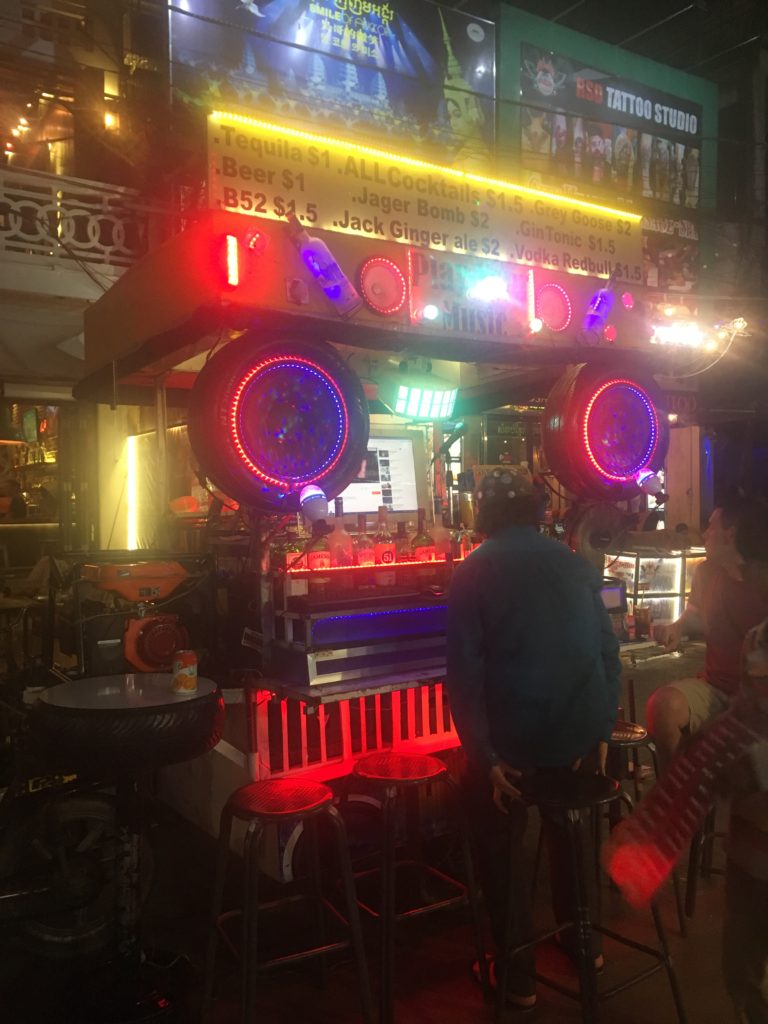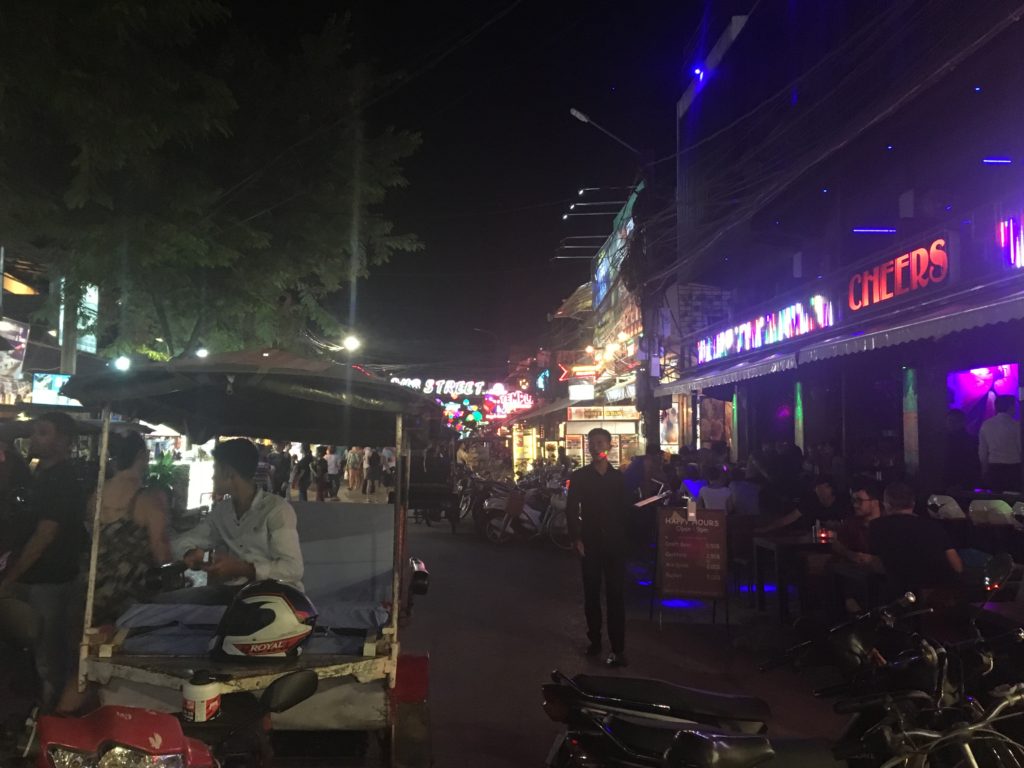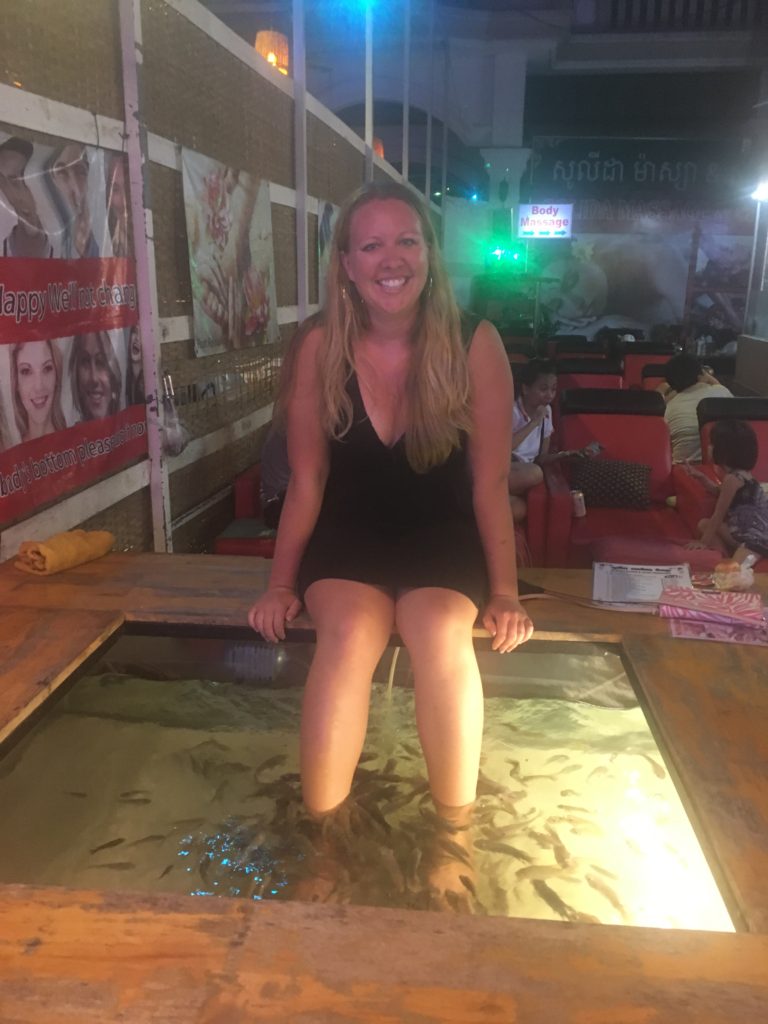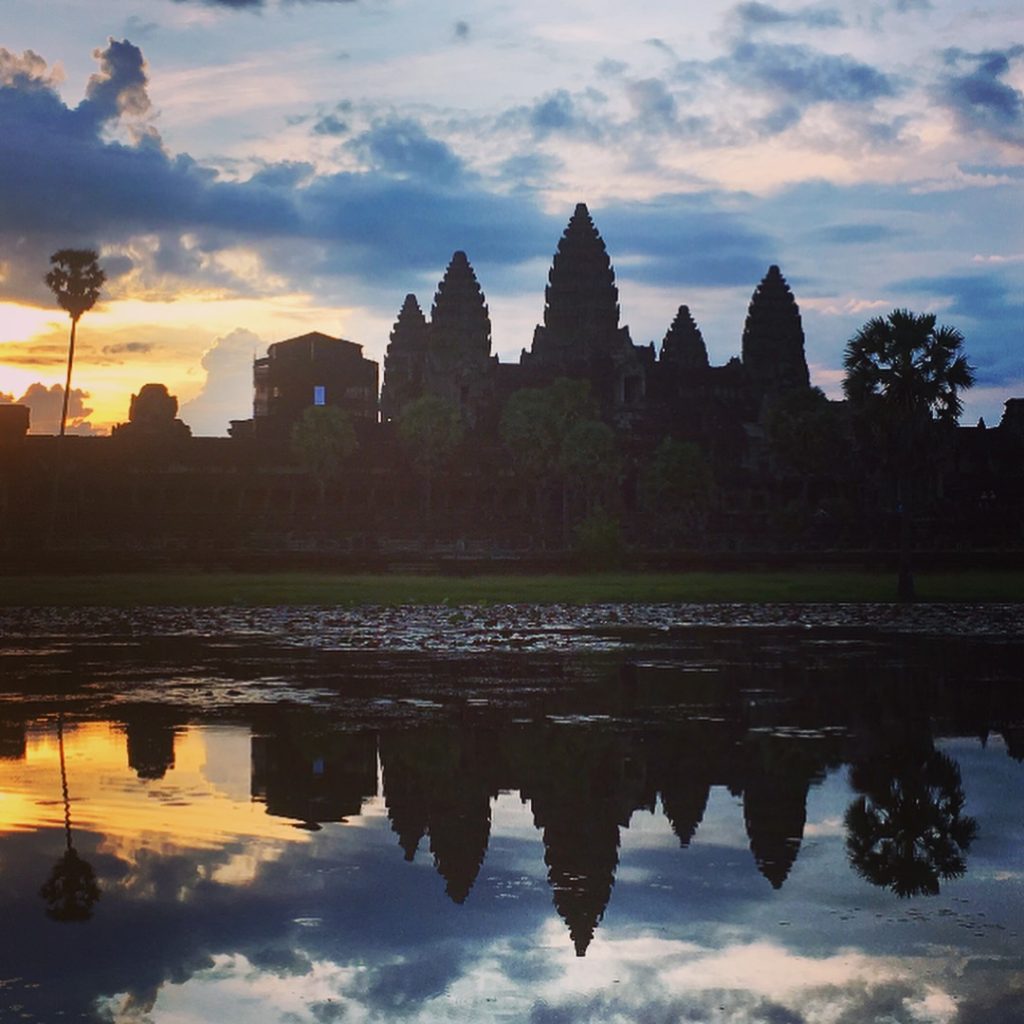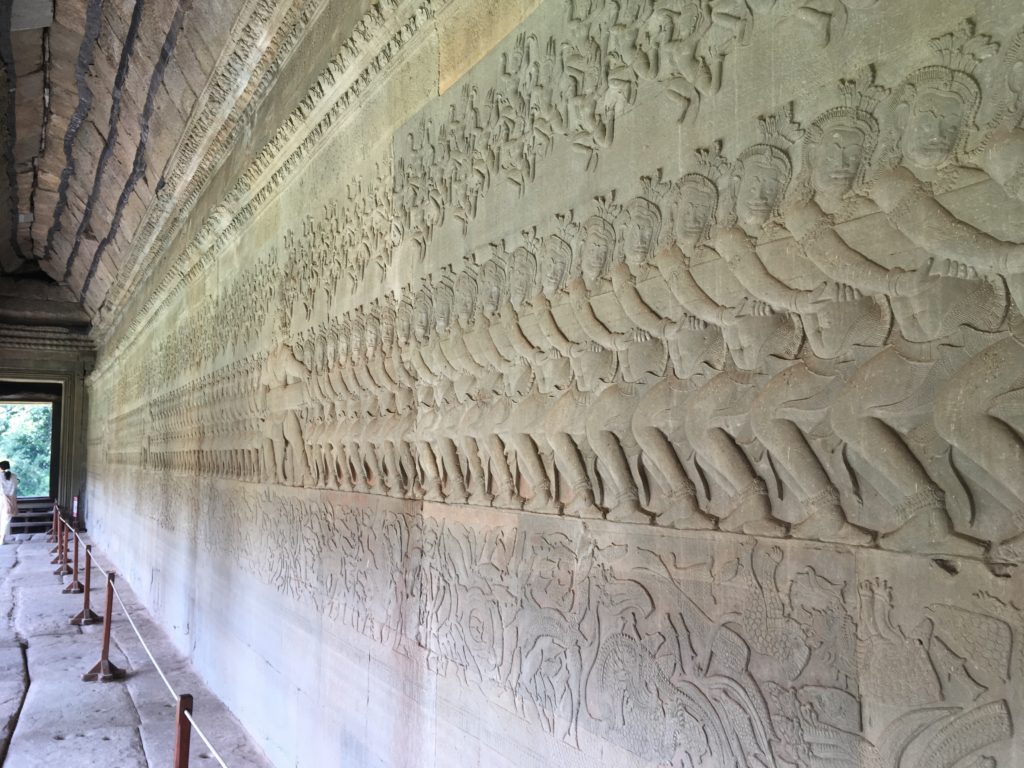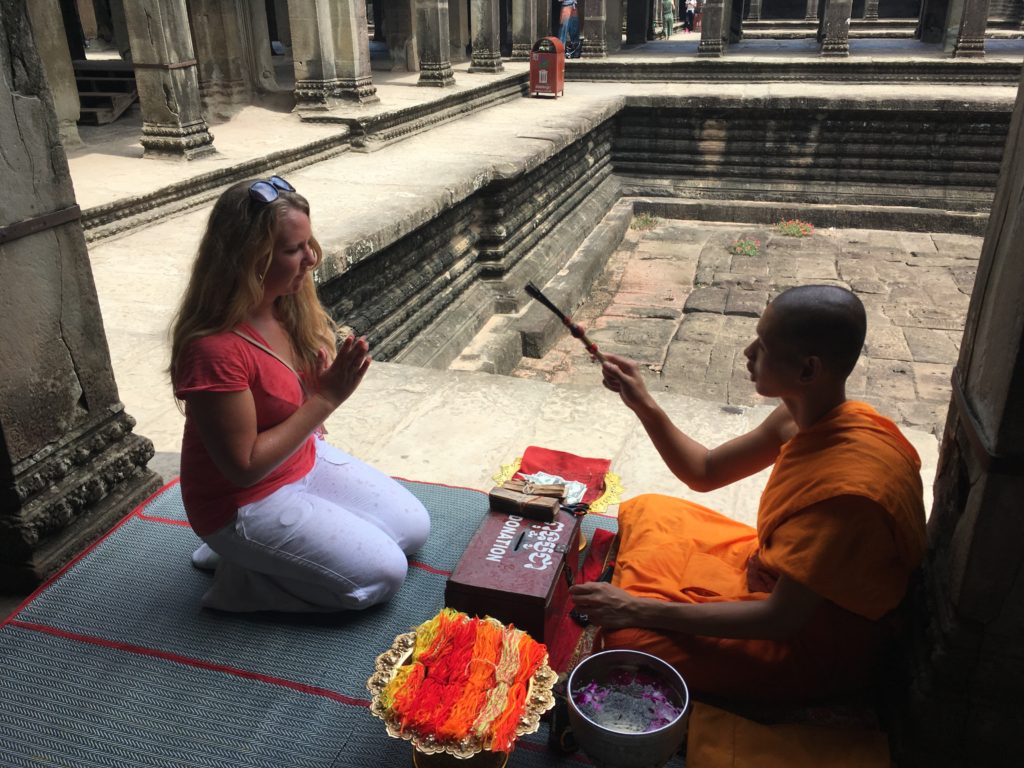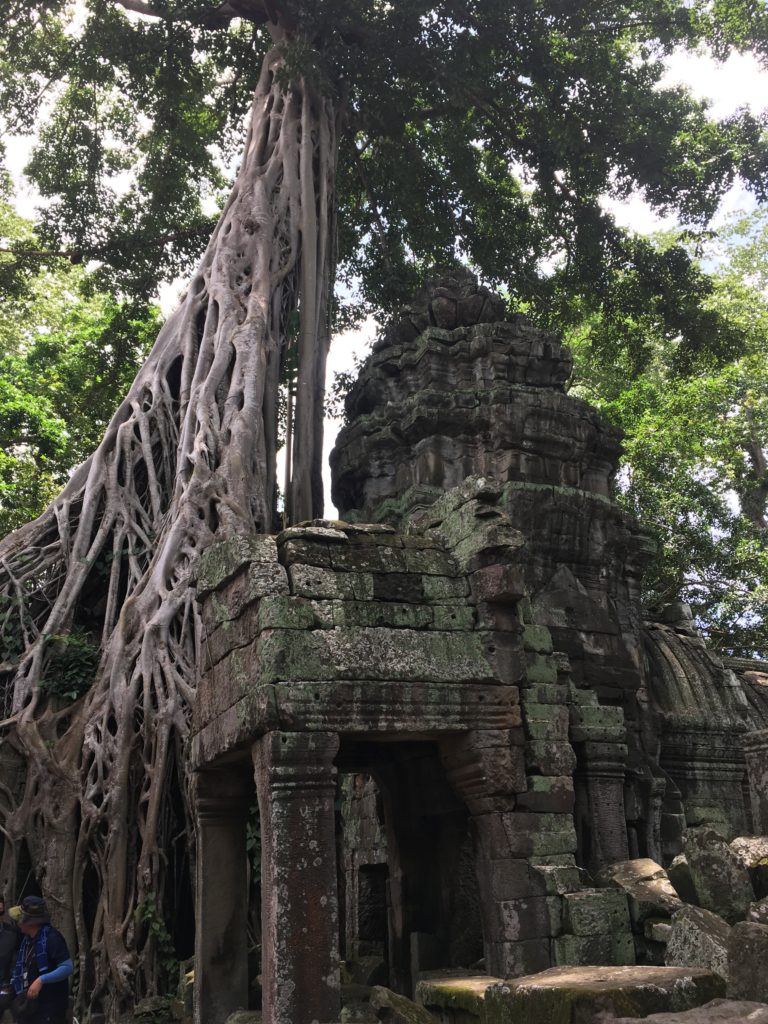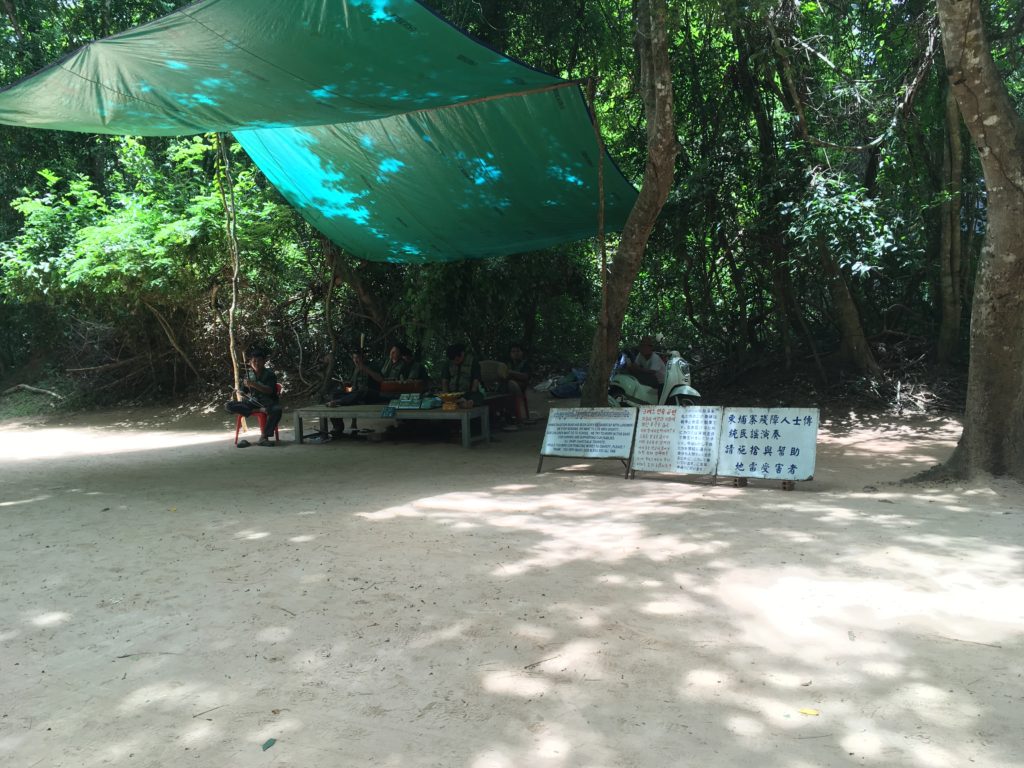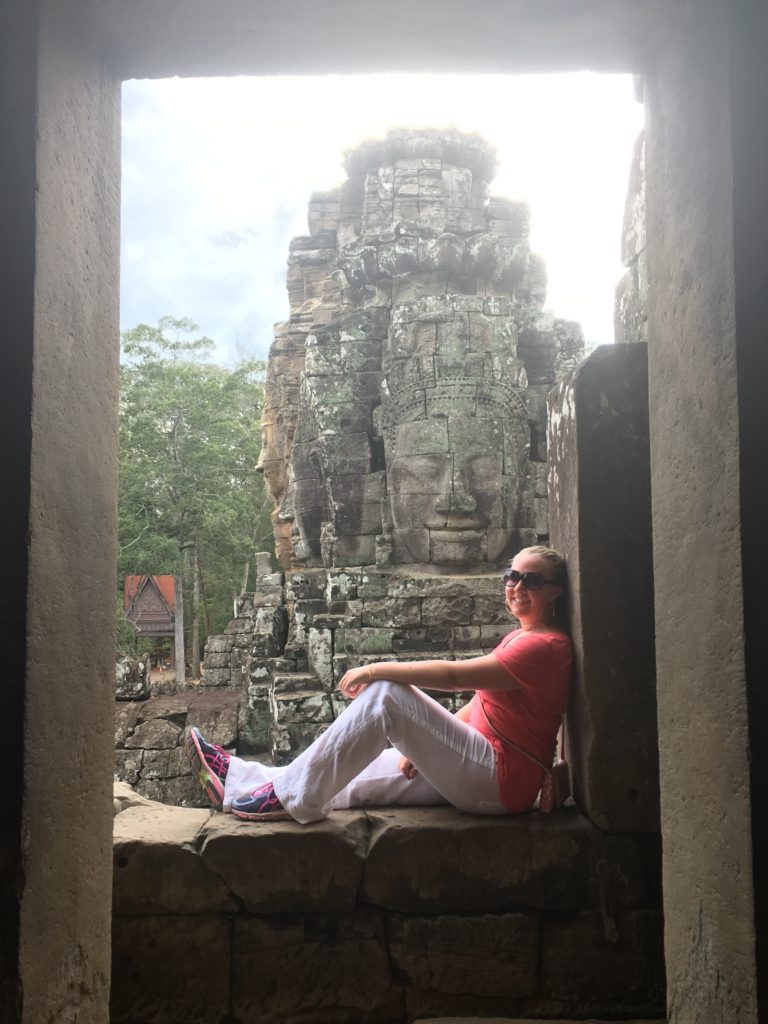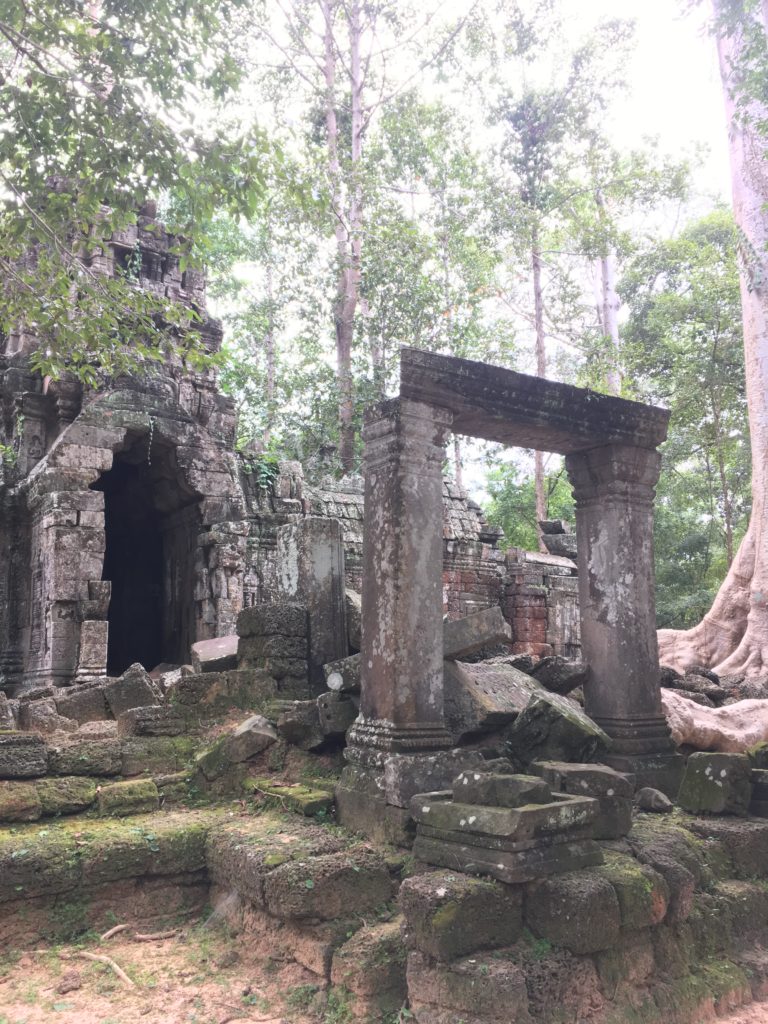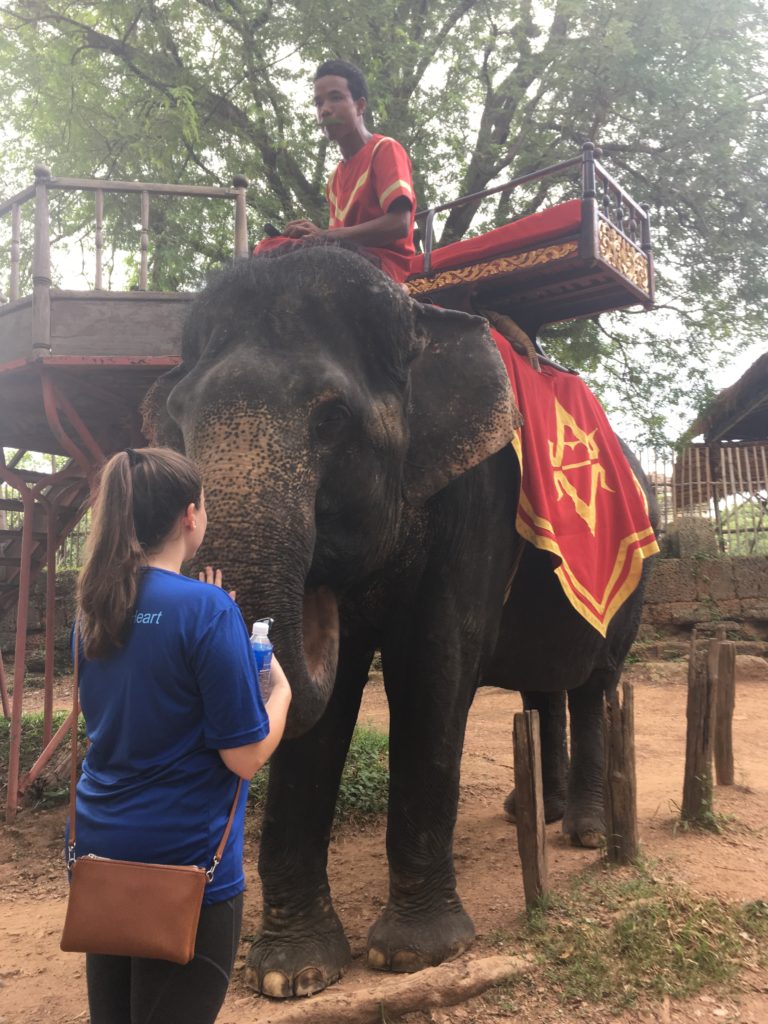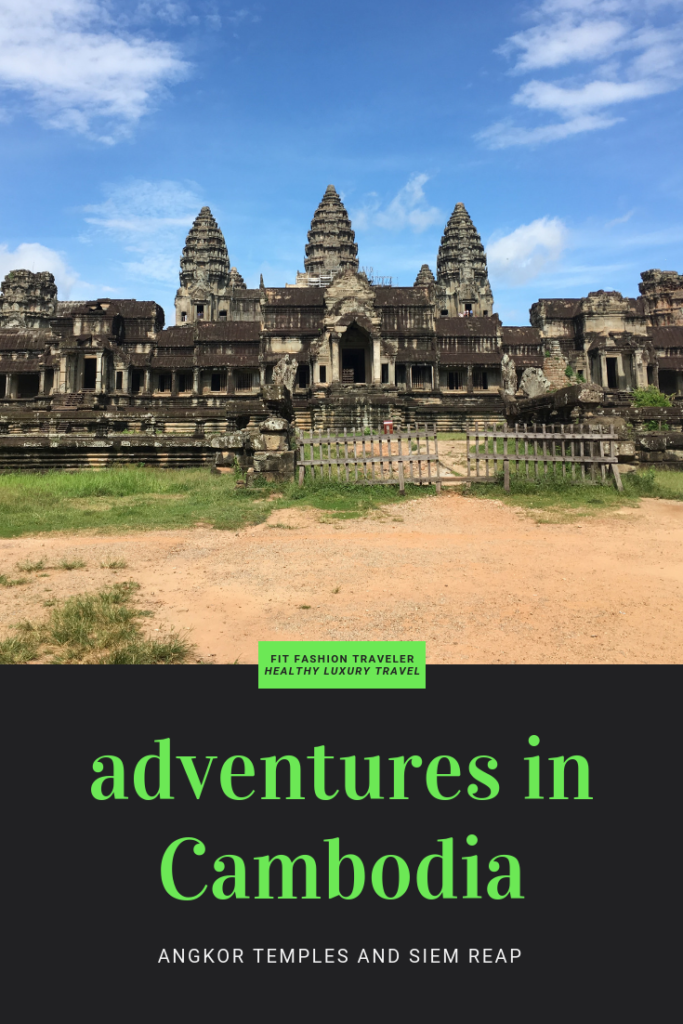
How to Visit the Great Wall of China
Visiting the Great Wall of China is one of the most popular day trips you can take from Beijing. If you travel halfway across the world to China's capital city, you should make time for a trip to one of its most famous landmarks, the Great Wall. I was not sure what to expect during my visit. I was awed and impressed by the Great Wall and had a fun day exploring the area. A visit to the Great Wall of China is not to be missed!
For more great stories about adventures in Asia, read these articles about What to Expect on your Ha Long Bay Cruise and How to Visit Angkor Wat!
Note that this page includes affiliate links: this means if you make a purchase using the link I receive some compensation at no additional cost to you. Thank you!
A Brief History of the Great Wall of China

Construction
The Qin Dynasty began building the Great Wall sometime between 221 and 206 BC. The Ming Dynasty, who ruled from 1368 to 1664 AD, completed the wall during their reign. Though its building spanned millennial, the wall you see today was built mostly by the Ming Dynasty. Few remnants of what was built by previous dynasties still exist. When the wall was no longer needed to protect China from the Hun invaders from the North - and it is unlikely it ever offered protection to begin with - it fell into disrepair. Restoration efforts in the 1980s brought the wall back to the state in which we see it today. In 1987, UNESCO declared the Great Wall a World Heritage Site.
Facts
The Great Wall of China is between 13,170 km and 21,196 km long. It contains many sections, with some looking like your typical Great Wall photos and others like mounds of dirt. The main tourist area near Bejing has ten sections. The most famous sections for tourists are Badaling and Mutianyu. There are many tours available to choose from that bring tourists from Beijing to visit the Wall. Alternatively, you may embark on your own adventure to visit the Great Wall using public transportation or a private driver.
Deciding which Section to Visit
There are many sections to choose from when visiting the Great Wall from Beijing. Most visitors find themselves choosing between Badaling and Mutianyu.
Badaling is the most famous section likely because it is easiest to get to from Beijing. This also makes it the one most tourists visit, meaning it is often very crowded. For this reason I do not recommend visiting the Badaling section if the others are accessible to you.
The Mutianyu section, on the other hand, is not yet overrun with tourists. In fact when I visited on a beautiful day in September there was almost no one there! It contains a quiet village at the bottom of the wall, a chair lift up to the top, well-preserved stone walkways, and a toboggan slide down.

Getting to the Great Wall of China
The Great Wall of China is about an hour North of Beijing by car and two to three hours by public transportation. Visiting the Wall will take at least half a day. Once you decide which section of the Wall to visit, the easiest way to determine how to get there is to use the Rome2Rio website, which provides directions between any two places in the world, including Beijing and the Great Wall.
Badaling
Rome2Rio identifies many options of transport between Beijing and Badaling. The easiest way to reach the Badaling section of the Great Wall is to take the Beijing subway to the Huangtudian Railway Station. From here you can board a train that will take you directly to Badaling. This trip is the easiest and most direct way to visit the Great Wall from Beijing, which is why so many tourists opt for it.
Mutianyu
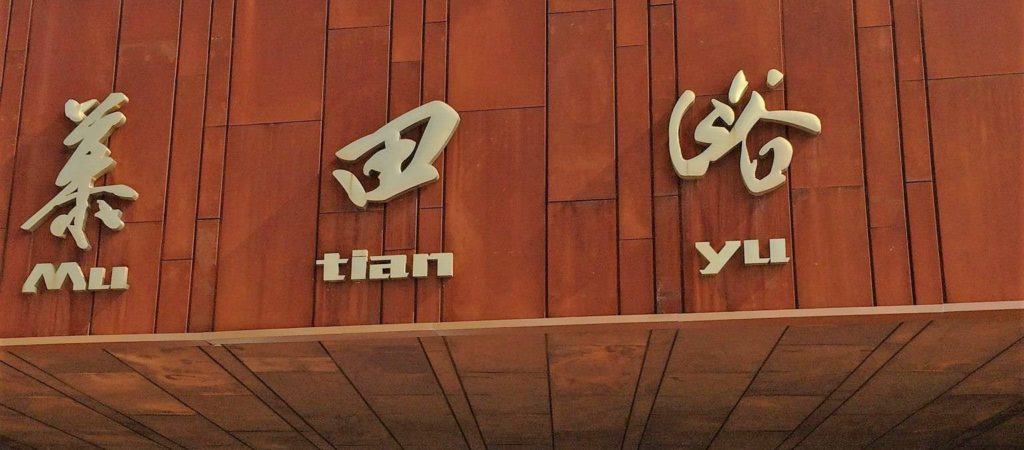
My experience getting to Mutianyu was slightly different. I was fortunate to have my friend Dong as a local guide. I met Dong in law school in the United States. She grew up in Southern China and lived in Beijing. Dong asked me to meet her at the Dongzhimen bus station around 8:30 AM the day of our visit to the Great Wall. We planned to take a public bus all the way to the Great Wall for about $3 USD with just one transfer.
Travel by Local Bus
The ride out of the city provided a unique perspective on life in urban China. We traveled through smaller cities around Beijing using both highways and local roads. From the looks of things around us we could have been driving through somewhere in the United States: it would have looked the same except for the Mandarin writing on the signs.
The bus made multiple local stops in the different towns as we approached the wall. Looking around at the other passengers, it was clear this was transportation used mostly by locals rather than tourists. My dad, who was along with us, and I were the only non-Chinese people on the bus. We clearly stuck out as foreign tourists.
Transfer to Private Car or Taxi
At one stop, a man from outside saw us on the bus, boarded the bus through a back door, and approached us speaking broken English. Not knowing what he wanted, I tried to ignore him and pretend I spoke another language. Dong was sitting behind my dad and I, and we heard her speak Mandarin with the man. Suddenly she told us to get off the bus and quickly. I had no idea what was going on. Were we in danger?
To my surprise, as we left the bus we followed the man and got in his car! It turns out he was a taxi driver. It had been obvious to him that two white people on the local bus in that area were trying to visit the Great Wall. Had we remained on the bus it would have taken another half hour to reach the Great Wall. With our new taxi driver we were just a five minute drive away from the entrance.
Visiting the Wall
A visit to the Great Wall of China includes much more than just wandering around an elevated stone path for a few minutes. At most sections you will find a small village, information about the Wall, and transport up to and back from the landmark.
Reaching the Wall
In the Mutianyu section visitors purchase access to the wall at the main entrance. Your ticket includes a chair lift ride up and either a chair lift or a toboggan ride down. We all opted for the toboggan ride ticket seeing as that was one of the main reasons I had chosen to visit this particular section of the wall.
The chair lift from the village to the top of the wall took about ten minutes. As an avid skier, I had been on many chair lifts before. I sat back and enjoyed the views of the surrounding Chinese countryside during the trip up. If you are not accustomed to riding on chair lifts, make sure you lower and raise the safety bar at the appropriate times (there are signs), sit all the way back in the seat, and don't rock the chair! If fear of heights is an issue, just watch the chair in front of you. There will be plenty of time to take in views of the area from the top of the wall itself.
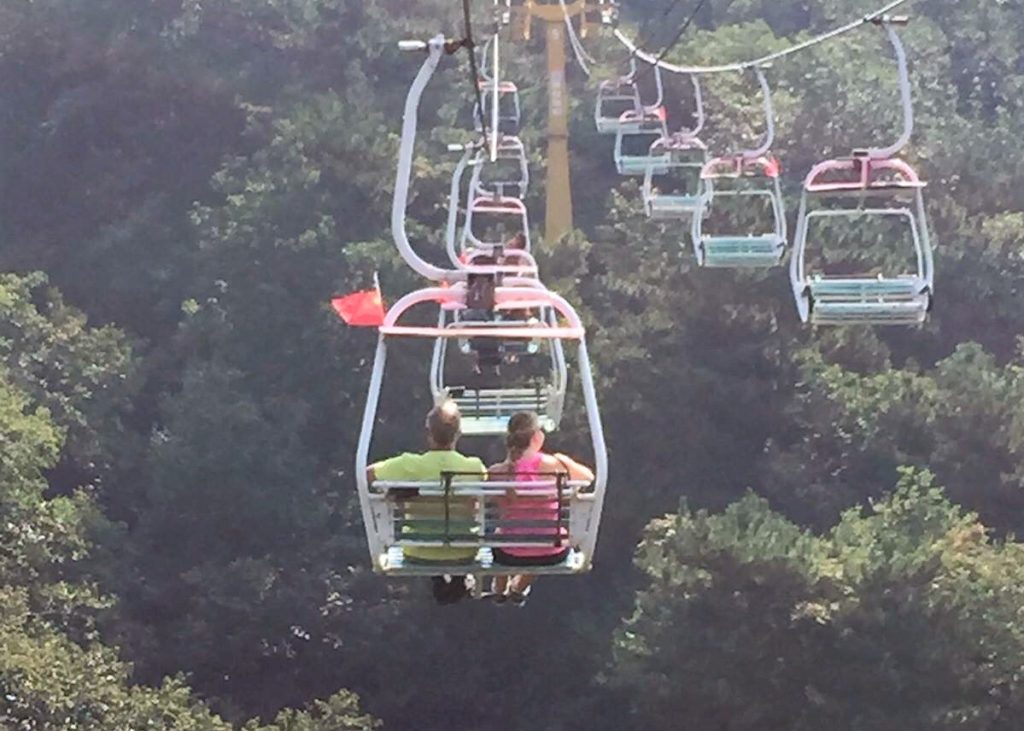
"Climbing" the Wall
The night before our visit to the Great Wall, Dong took my dad and I out to dinner. When we discussed our adventure planned for the next day, she kept talking about "climbing" the Wall. I kept imagining us having to climb up the side of the wall from the ground! I was very pleased, though slightly confused, when I selected the chair lift option at the entrance and learned we would be dropped off on top of the wall.
The climb to which Dong was referring occurs once you are on the wall. Because it was built many centuries ago, the architecture of the wall is imperfect. Additionally, the expanse across which it stretches is marked by rolling hills. These factors mean visitors must exert some effort to hike along the wall between the watch towers. At various points you travel up or down along the paths on top of the wall following the hills. In some areas there are stairs to climb. Other areas are not well kept and are tricky to navigate. The stairs are not always evenly spaced. I thought this was a result of bad technology or architecture at the time, but this was often done on purpose to throw off intruders trying to run up and down the wall.
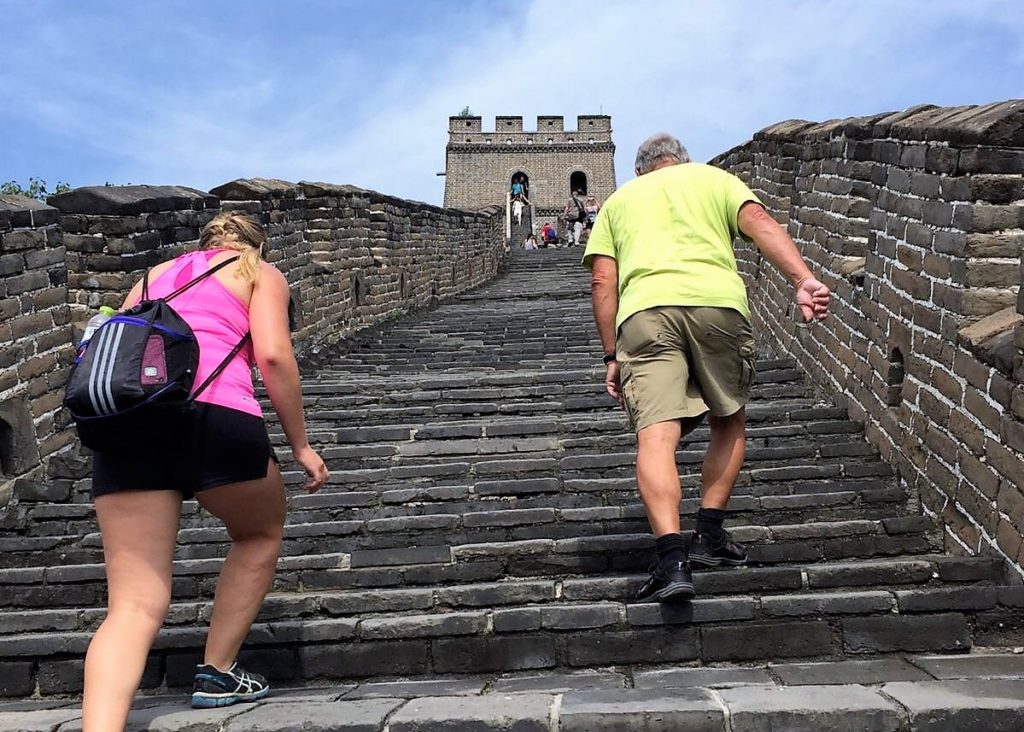
If you are not expecting an active hike, you can still visit the Mutianyu section of the Great Wall. The chair lift drop off was intentionally set at a part of the Wall that is flat and well-maintained in almost perfect condition. If you are able to travel further and make the hike you will be well-rewarded with the natural beauty of the surrounding area, the uniqueness of each historic watch tower, and the thinning out of crowds as you travel further from the entrance point.
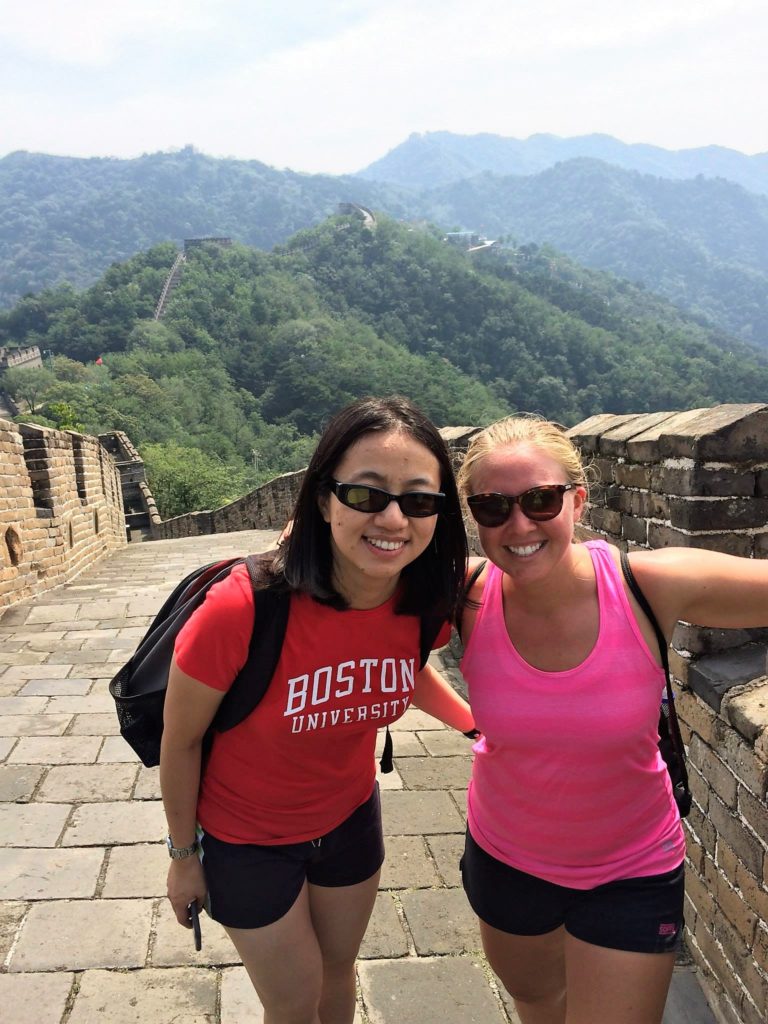
Descending the Wall
One of the most unique features of the Mutianyu section of the Great Wall is its toboggan ride to the bottom. Though you have the option to return to the village by chair lift, complete your visit by taking the toboggan down. Even Michelle Obama chose this option during her visit! Each rider rides in their own toboggan with a handle to hold onto that also contains a break. You use the break to control your own speed. The track looks like a metal luge or skeleton racing track traveling through the woods from the wall back to the village. The ride down takes five to ten minutes depending on your chosen speed. All three of us visiting the Wall that day took advantage of this option.
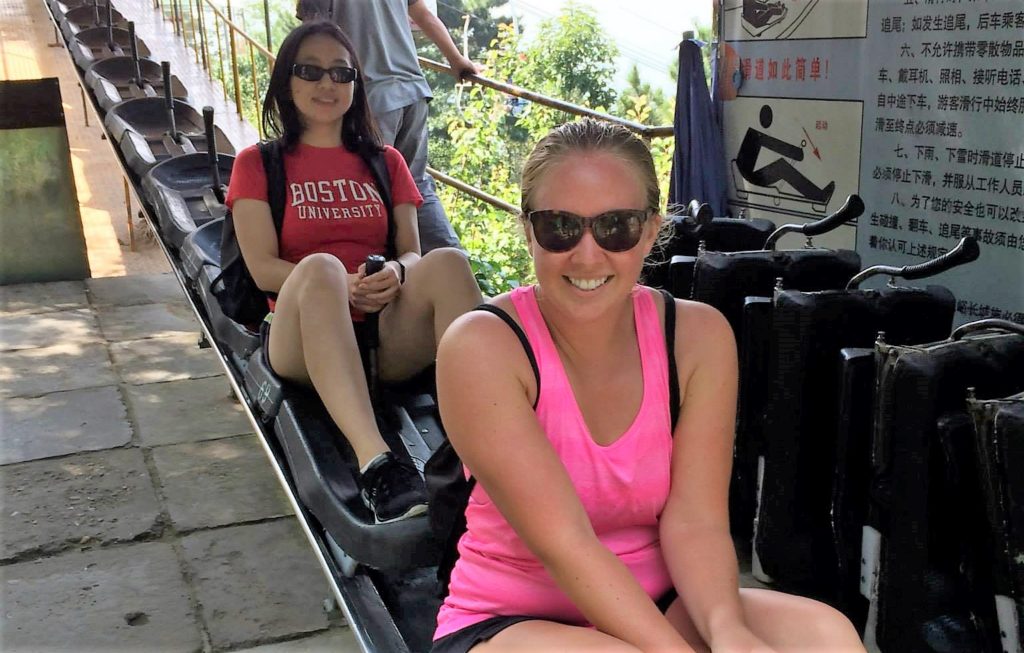

Mutianyu Village
Complete your visit to the Great Wall by exploring the shops and eating in the restaurants in the Mutianyu Village. Though the area may seem touristy, we had delicious authentic food served to us in a village restaurant, and then bought a few trinkets by which to remember our visit.
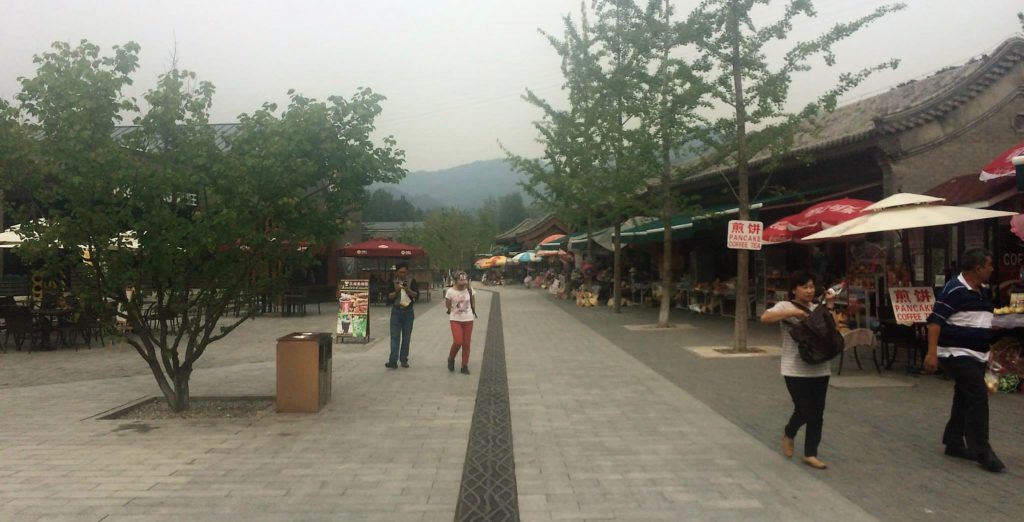
At the end of our time in Mutianyu, we met our taxi driver - who had waited for us the whole time! - who took us back to one of the main bus stops in the area where we boarded our public transportation back to Beijing.
I highly recommend selecting the Mutianyu section of the Great Wall to visit. Regardless of which section you choose, make sure to add this day trip to any itinerary of a visit to Beijing.
Planning a trip to Beijing and looking for a great hotel? Check out the options here: Beijing City Hotels.
Love this Post? Save it to Pinterest for later!






